First Phase of SmartCentres’ 1900 Eglinton East Impresses at DRP
Scarborough’s Golden Mile is poised for a dramatic transformation over the coming decades as a direct result of the new Crosstown LRT line, scheduled to open in 2022. According to City Planning staff, the stretch of big box retail and industrial parks is currently subject to 12 active development applications. The majority of these are large-scale master plans that altogether are proposing upwards of 32,000 new residential units, representing a population increase of roughly 54,000 people. The largest of these master plans is located at 1900 Eglinton East, in the heart of the Golden Mile, where SmartCentres REIT is continuing its journey ‘From Shopping Centres to City Centres’ by redeveloping its existing retail property into a complete mixed-use, transit-oriented community.
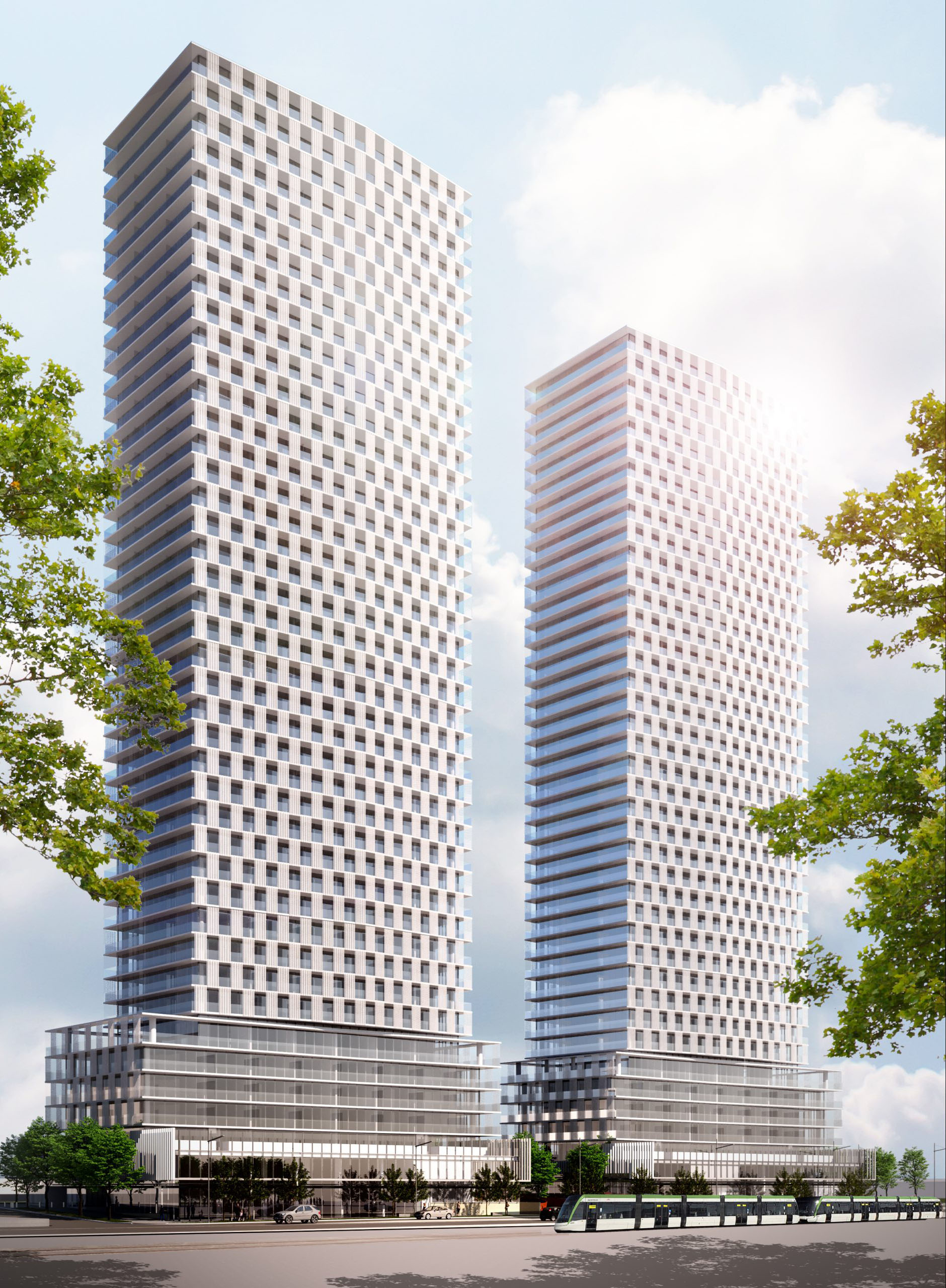 Rendering of the first phase towers, image courtesy of SmartCentres REIT
Rendering of the first phase towers, image courtesy of SmartCentres REIT
Located on a 29-acre site flanked by the future Pharmacy and Hakimi-Lebovic LRT stations, the phased master plan comprises upwards of 20 mixed-use and residential buildings ranging in height from mid-rise to high-rise; a new street grid; plenty of retail; and an extensive public realm. The master plan also features a new central park, a signature element that SmartCentres prioritizes in its communities, which is the only park currently proposed along the Golden Mile that connects Eglinton through to Ashtonbee Road, with the City identifying potential connections beyond that to the Meadoway that runs just to the north.
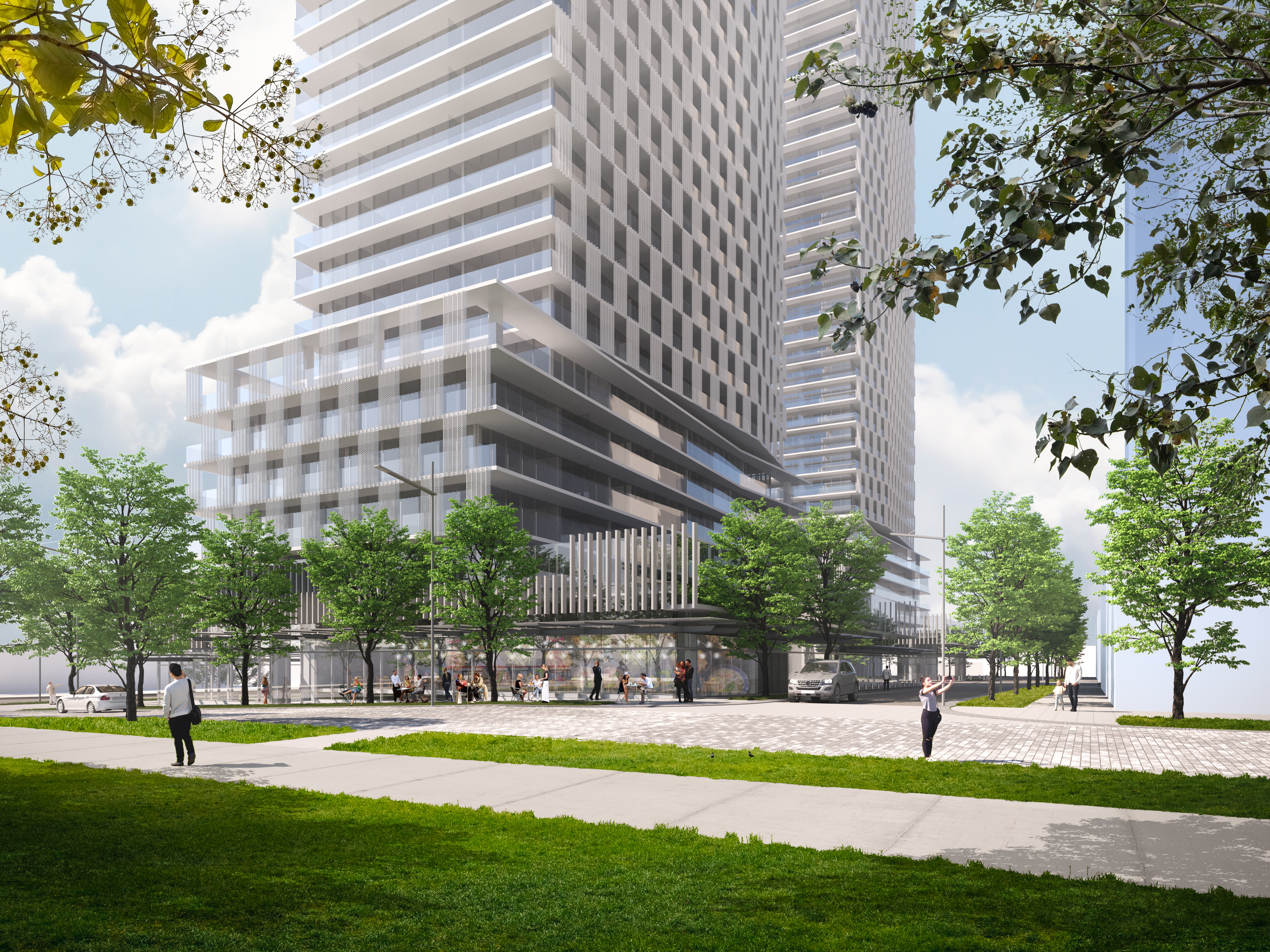 Rendering of the first phase looking west from the central park, image courtesy of SmartCentres REIT.
Rendering of the first phase looking west from the central park, image courtesy of SmartCentres REIT.
SmartLiving, SmartCentres’ residential sub brand, introduced the first phase of their master plan in March, 2021, and presented it at the Toronto Design Review Panel in July, 2021. The first phase involves two towers of 38 and 40 storeys, located at the southwest corner of the property along Eglinton. The development includes a total of 899 residential units, 1,219m2 of retail space, and a new POPS that creates a mid-block pedestrian connection between the two towers. The design of the towers is the work of Peter Clewes and his team at architects-Alliance, along with landscape architects MHBC Planning, who are overseeing the public realm.
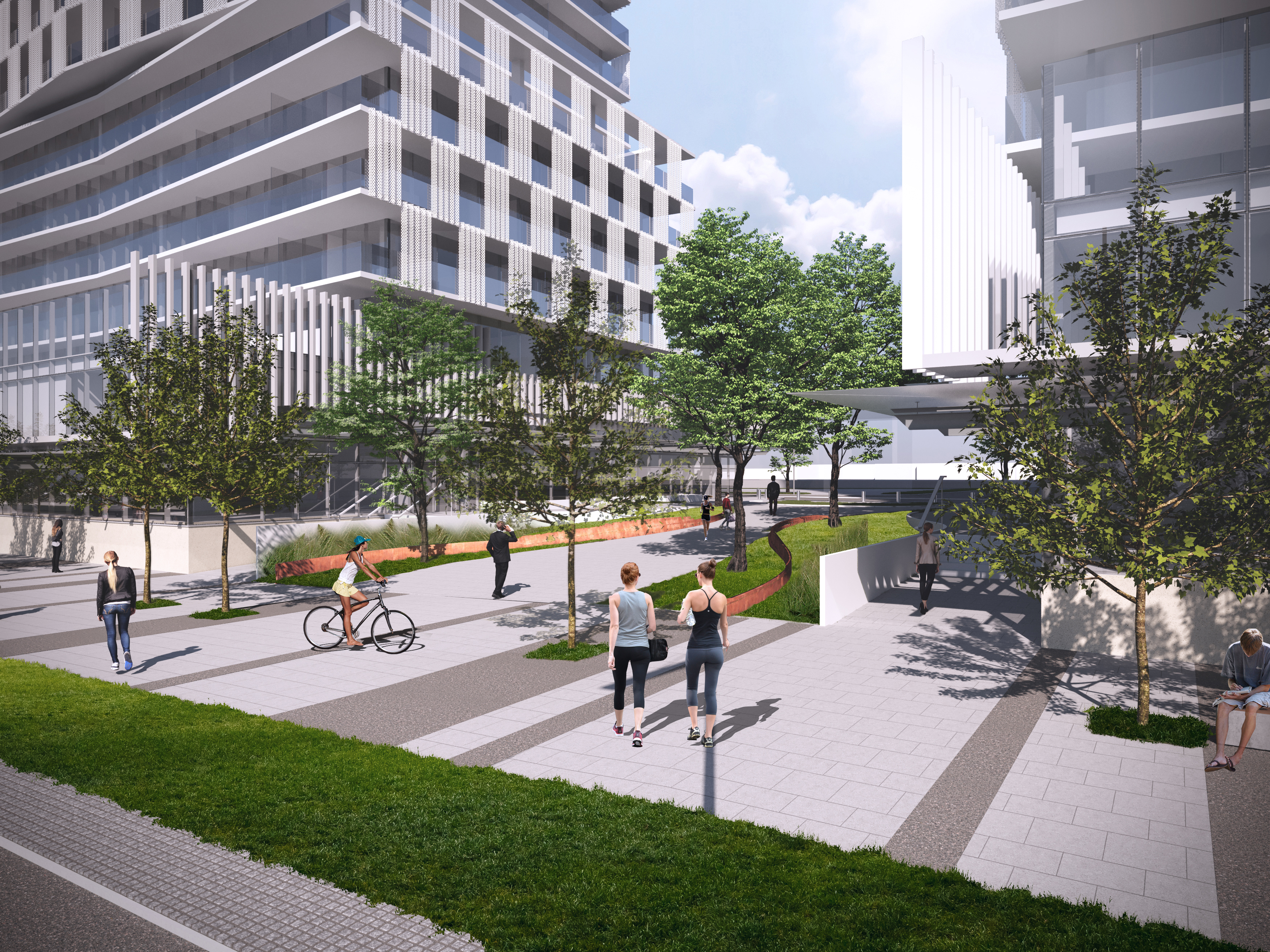 Rendering at street level of the first phase showing POPS and Eglinton streetscape, image courtesy of SmartCentres REIT.
Rendering at street level of the first phase showing POPS and Eglinton streetscape, image courtesy of SmartCentres REIT.
Currently existing on the site are several big box retail structures housing close to 30 tenants and over 380,000 square feet of retail, most notably a Walmart Supercentre. The early phases of the master plan will focus on the less-developed portions of the property, particularly the areas along Eglinton to the south that are mainly occupied by surface parking. SmartCentres’ retail development expertise will be leveraged to thoughtfully integrate retail, a key component of complete communities, into all phases of the master plan, which will ensure a continued retail presence on the property. Walmart, specifically, will remain an essential retailer servicing the community for the foreseeable future.
SmartCentres’ long-term plans include a diversity of smaller-scale and larger-format tenants, so look for some creative solutions that include a variety of retail in urban, mixed-use buildings as the master plan progresses. For Phase One, the ground floor of the towers contains retail on all four frontages, primarily located along Eglinton to the south, and extending along the east and west edges of the podiums.
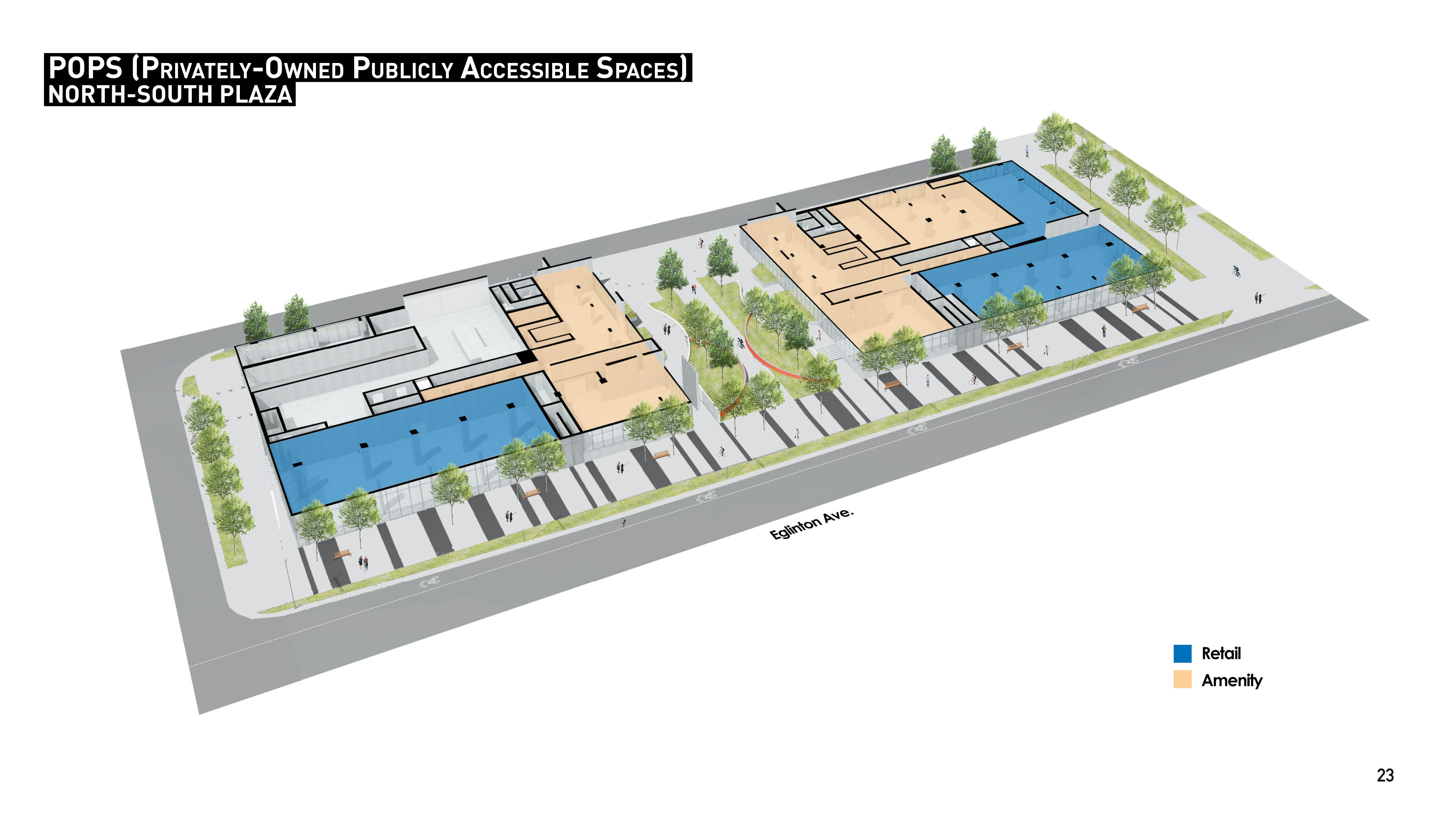 Ground floor plan of the first phase towers, image courtesy of SmartCentres REIT.
Ground floor plan of the first phase towers, image courtesy of SmartCentres REIT.
The towers themselves are designed with generous setbacks and separation distances that exceed the City’s Tall Building Design Guidelines. They feature architects-Alliance’s signature wraparound balconies, a feature Clewes explained is advantageous for providing passive solar shading in the summer, increased private amenity space for the residents, and more opportunities for creating a unique architectural expression. The towers are clad with alternating screens that form a distinct pattern on the north and south facades.
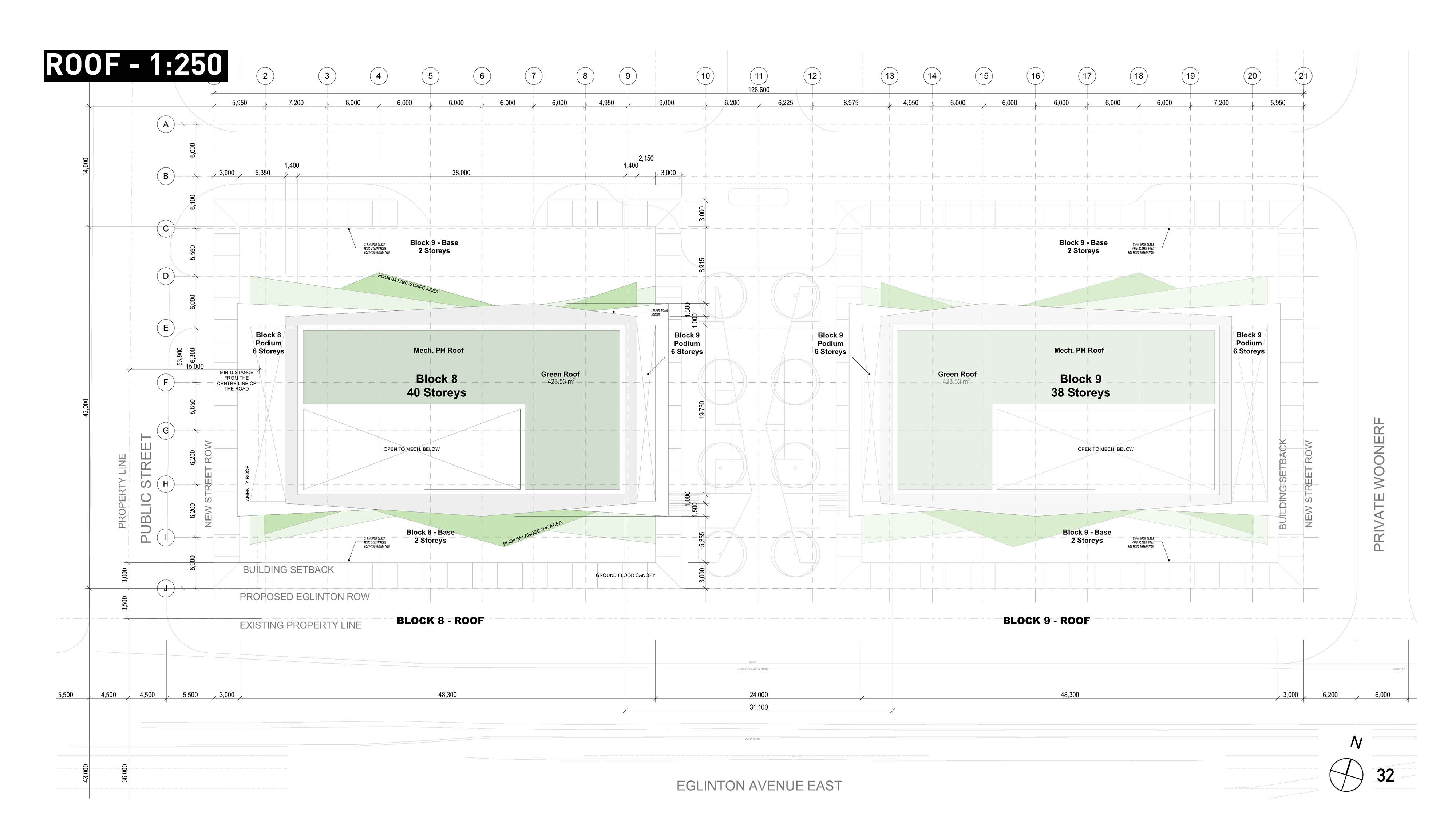 Site plan of the first phase towers, image courtesy of SmartCentres REIT.
Site plan of the first phase towers, image courtesy of SmartCentres REIT.
Clewes further elaborated that with the design of the towers, they were taking into consideration how they would be perceived from street level. Eglinton is quite a wide avenue, which allows for a clear view of the full height of the buildings, contrary to many downtown settings where only the streetwall of the podium is typically visible from the street and the tower then becomes mainly a feature of the skyline. With that in mind, the design attempts to create more of a seamless transition between the podium and the tower through staggered setbacks and a cohesive architectural language between the tower and the base.
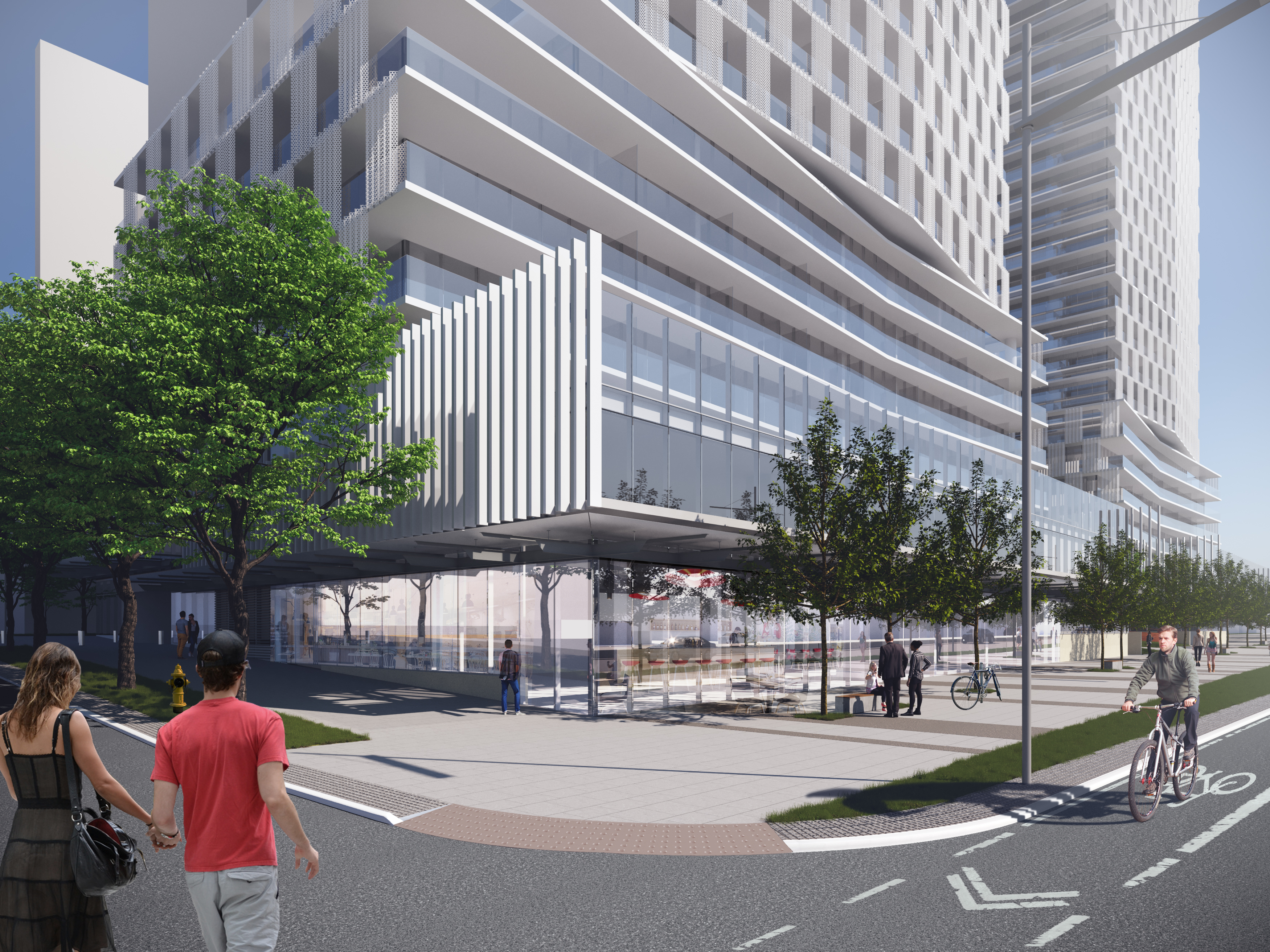 Rendering of the first phase at street level along Eglinton, image courtesy of SmartCentres REIT.
Rendering of the first phase at street level along Eglinton, image courtesy of SmartCentres REIT.
Panel members were impressed by the design of the towers, calling them “very elegant, modern buildings”. They were also intrigued by the approach taken to designing the towers, saying that there was a certain delicacy to the building grid that created an interesting texture as perceived from the street.
The Panel wanted to see more details of what would be built around the first phase, and SmartCentres acknowledged that the master plan for the larger site is still evolving, explaining that, “What we believe we are able to demonstrate with our first phase is that not only does this fit within the long term vision but also can stand on its own as part of the larger shopping centre for the foreseeable future”. SmartCentres is currently updating and enhancing the master plan, which will be resubmitted to the City in the near future.
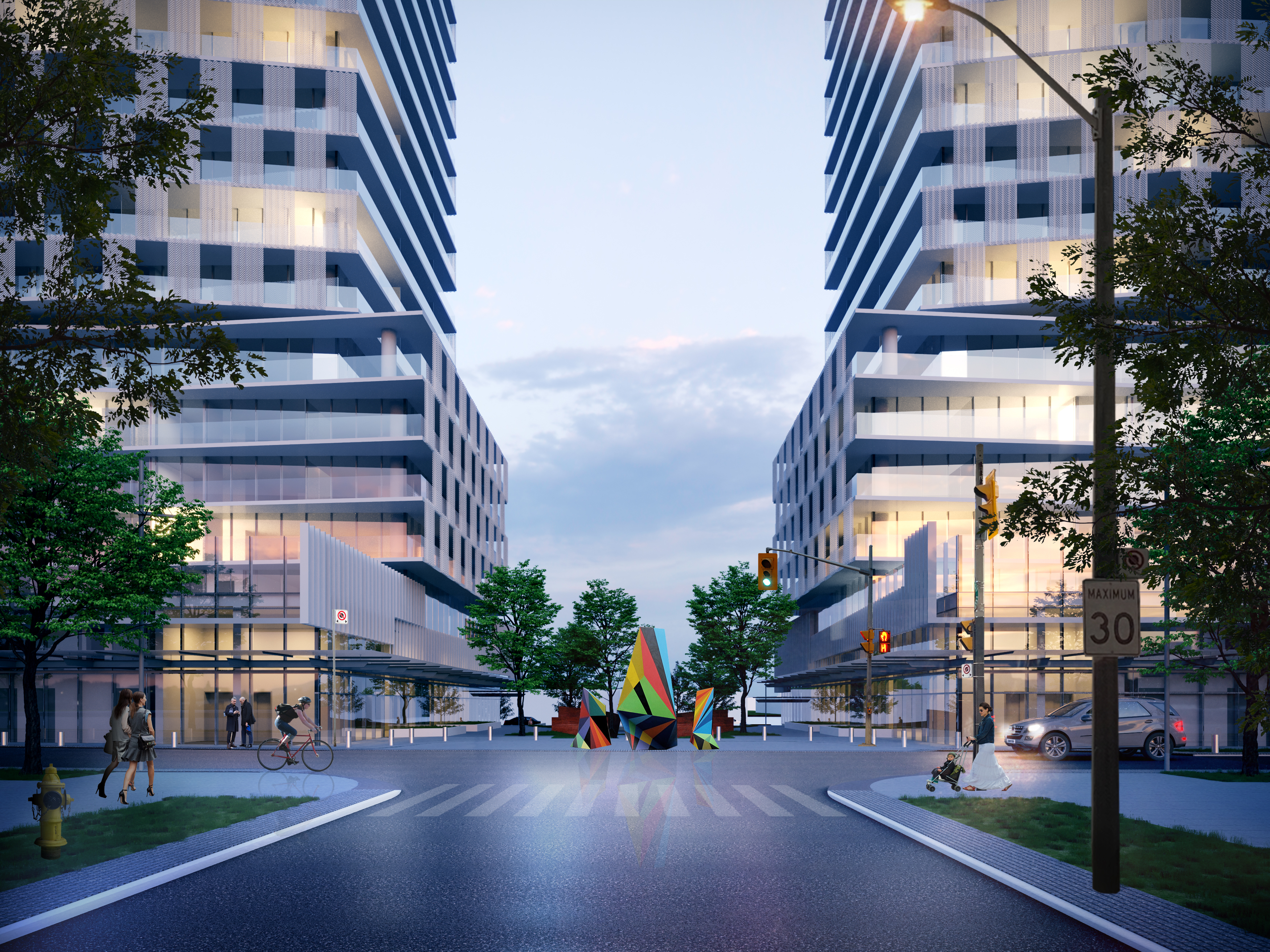 Rendering of the first phase looking south toward the POPS, image courtesy of SmartCentres REIT.
Rendering of the first phase looking south toward the POPS, image courtesy of SmartCentres REIT.
There was no vote from the Panel, but the overall reception was unanimously positive, with the request that a more defined master plan be drafted as they move forward with the first phase. The parting words of the Panel emphasized that this project is setting a precedent for “taking a classic kind of retail that has worked very well and thinking about how that might transition” into a more mixed-use, complete community.

 Rendering of the first phase towers, image courtesy of SmartCentres REIT
Rendering of the first phase towers, image courtesy of SmartCentres REIT Rendering of the first phase looking west from the central park, image courtesy of SmartCentres REIT.
Rendering of the first phase looking west from the central park, image courtesy of SmartCentres REIT. Rendering at street level of the first phase showing POPS and Eglinton streetscape, image courtesy of SmartCentres REIT.
Rendering at street level of the first phase showing POPS and Eglinton streetscape, image courtesy of SmartCentres REIT. Ground floor plan of the first phase towers, image courtesy of SmartCentres REIT.
Ground floor plan of the first phase towers, image courtesy of SmartCentres REIT. Site plan of the first phase towers, image courtesy of SmartCentres REIT.
Site plan of the first phase towers, image courtesy of SmartCentres REIT. Rendering of the first phase at street level along Eglinton, image courtesy of SmartCentres REIT.
Rendering of the first phase at street level along Eglinton, image courtesy of SmartCentres REIT. Rendering of the first phase looking south toward the POPS, image courtesy of SmartCentres REIT.
Rendering of the first phase looking south toward the POPS, image courtesy of SmartCentres REIT.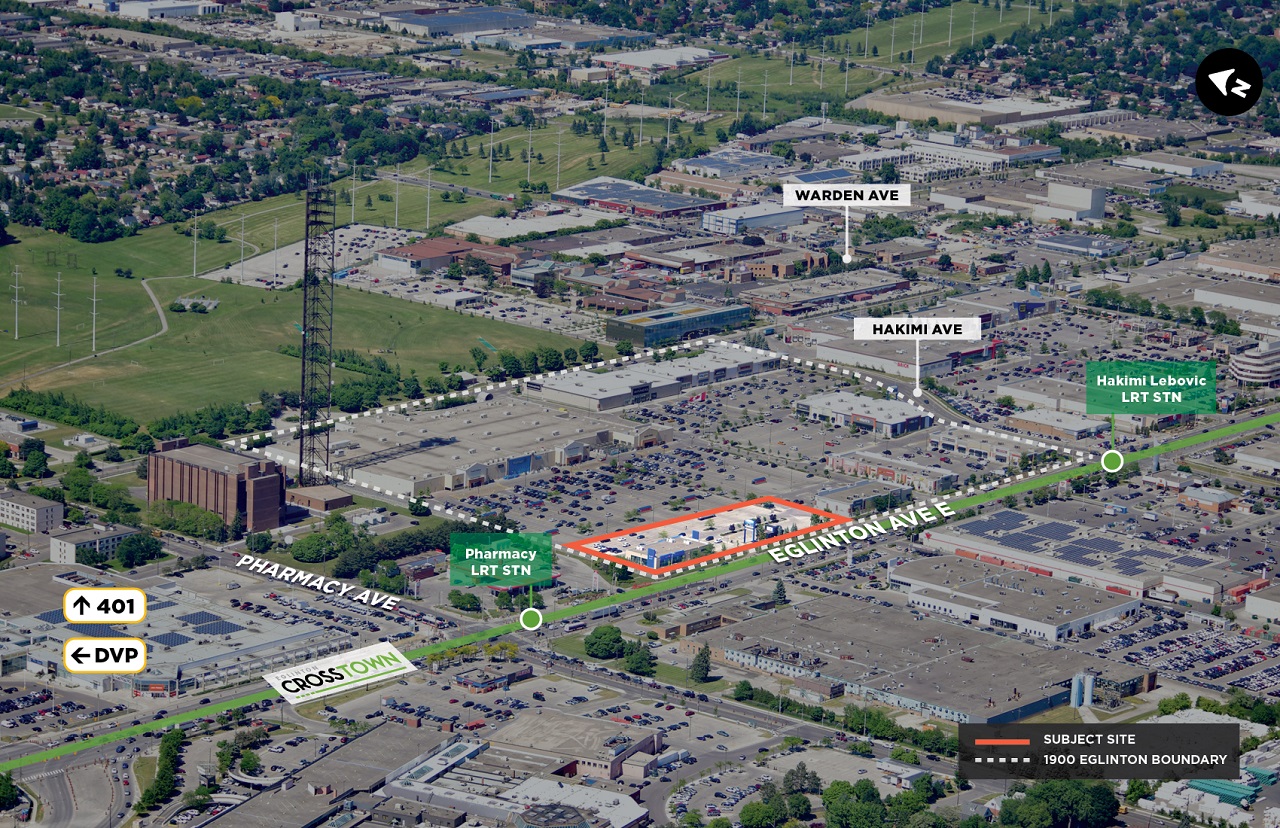 Site of 1900 Eglinton East, image courtesy of SmartCentres REIT
Site of 1900 Eglinton East, image courtesy of SmartCentres REIT Looking northeast across Eglinton Avenue to 1900 Eglinton East, image courtesy of SmartCentres REIT
Looking northeast across Eglinton Avenue to 1900 Eglinton East, image courtesy of SmartCentres REIT Looking northwest to public plaza at 1900 Eglinton East, image courtesy of SmartCentres REIT
Looking northwest to public plaza at 1900 Eglinton East, image courtesy of SmartCentres REIT Looking northwest over
Looking northwest over 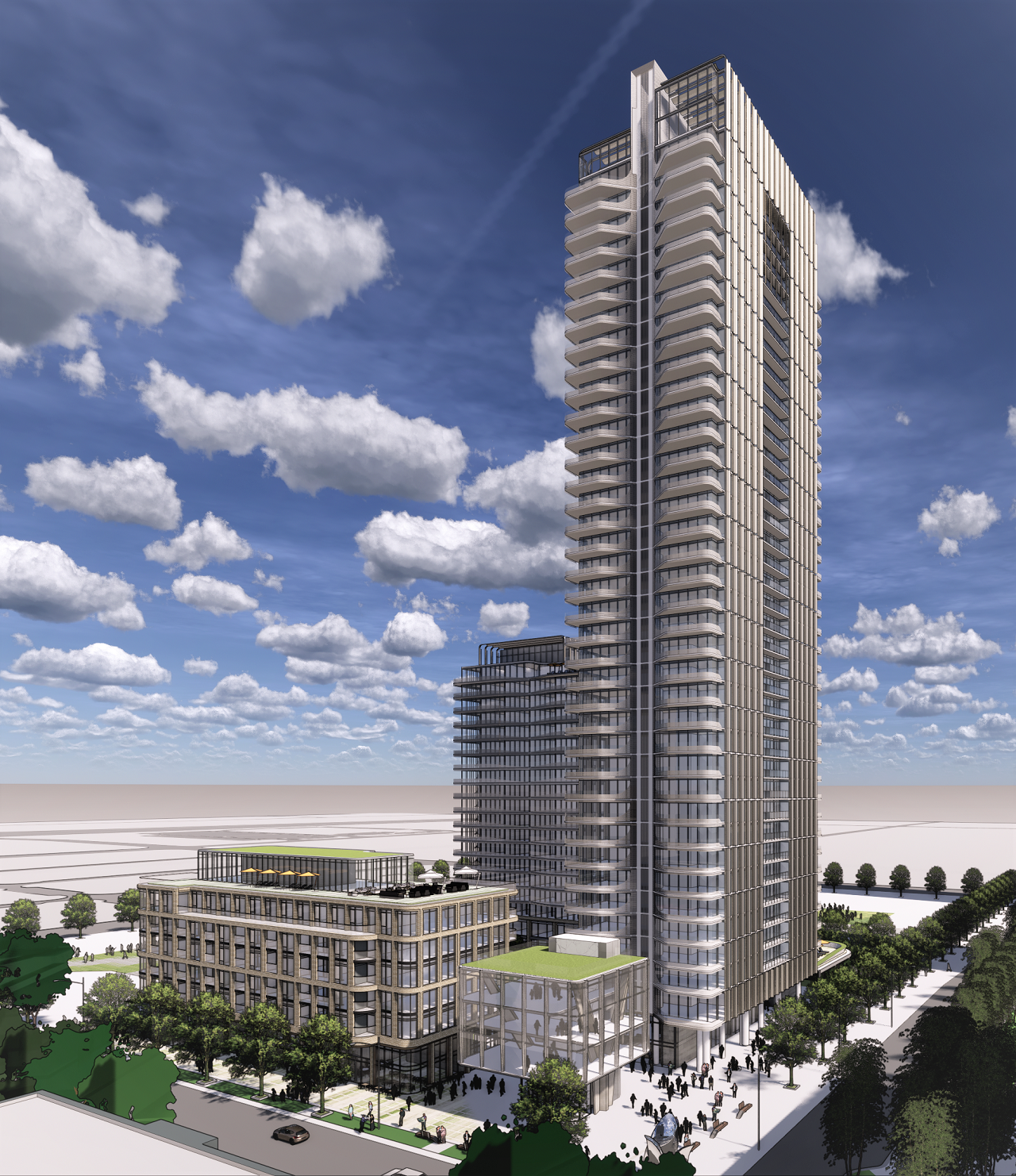 Looking northwest to 101 Edgeley Boulevard, image courtesy of SmartCentres REIT
Looking northwest to 101 Edgeley Boulevard, image courtesy of SmartCentres REIT Looking south toward KPMG Building to 101 Edgeley Boulevard, image courtesy of SmartCentres REIT
Looking south toward KPMG Building to 101 Edgeley Boulevard, image courtesy of SmartCentres REIT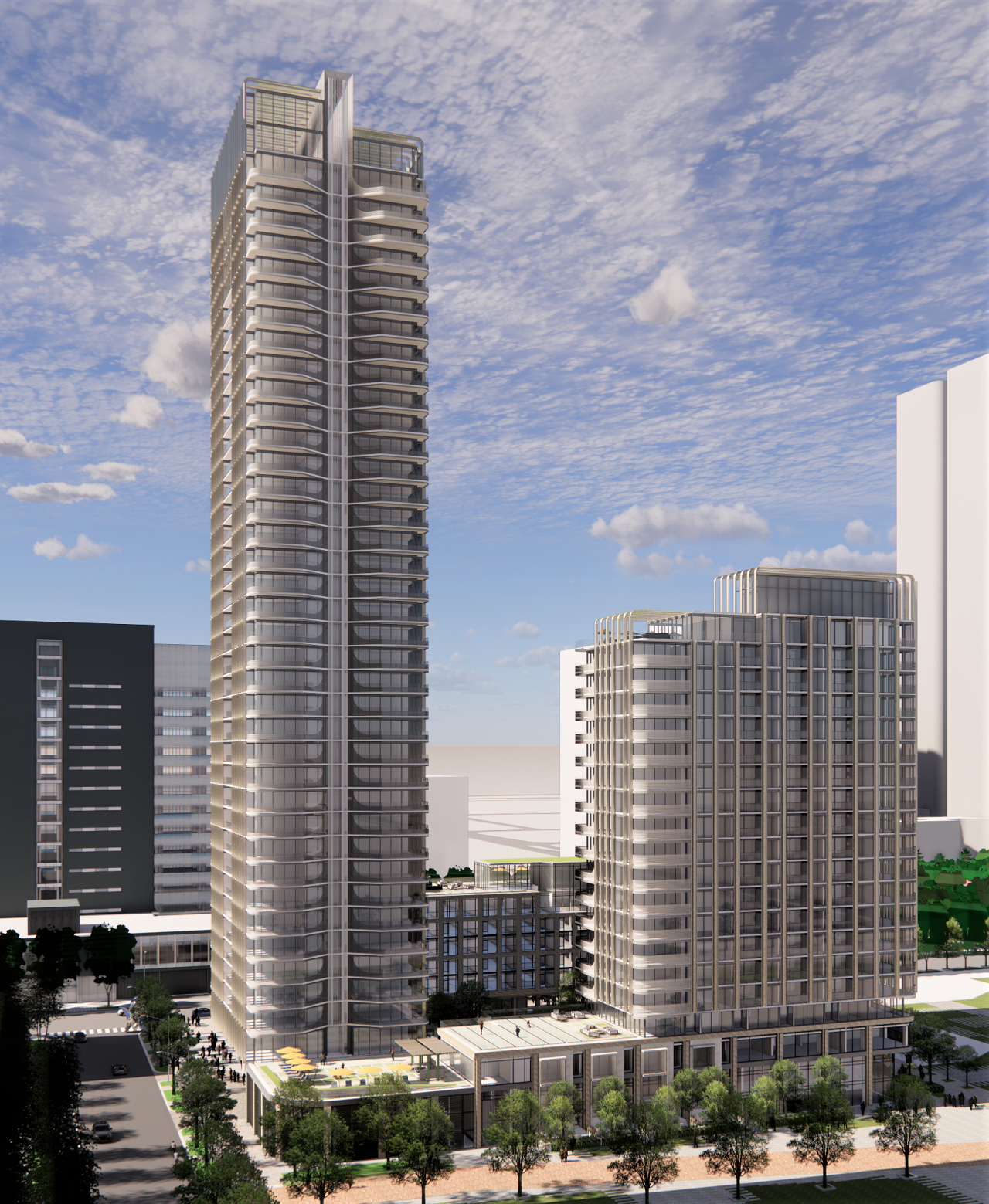 Looking south to 101 Edgeley Boulevard, image courtesy of SmartCentres REIT
Looking south to 101 Edgeley Boulevard, image courtesy of SmartCentres REIT Looking northwest to 101 Edgeley Boulevard, image courtesy of SmartCentres REIT
Looking northwest to 101 Edgeley Boulevard, image courtesy of SmartCentres REIT Courtyard at 101 Edgeley Boulevard, image courtesy of SmartCentres REIT
Courtyard at 101 Edgeley Boulevard, image courtesy of SmartCentres REIT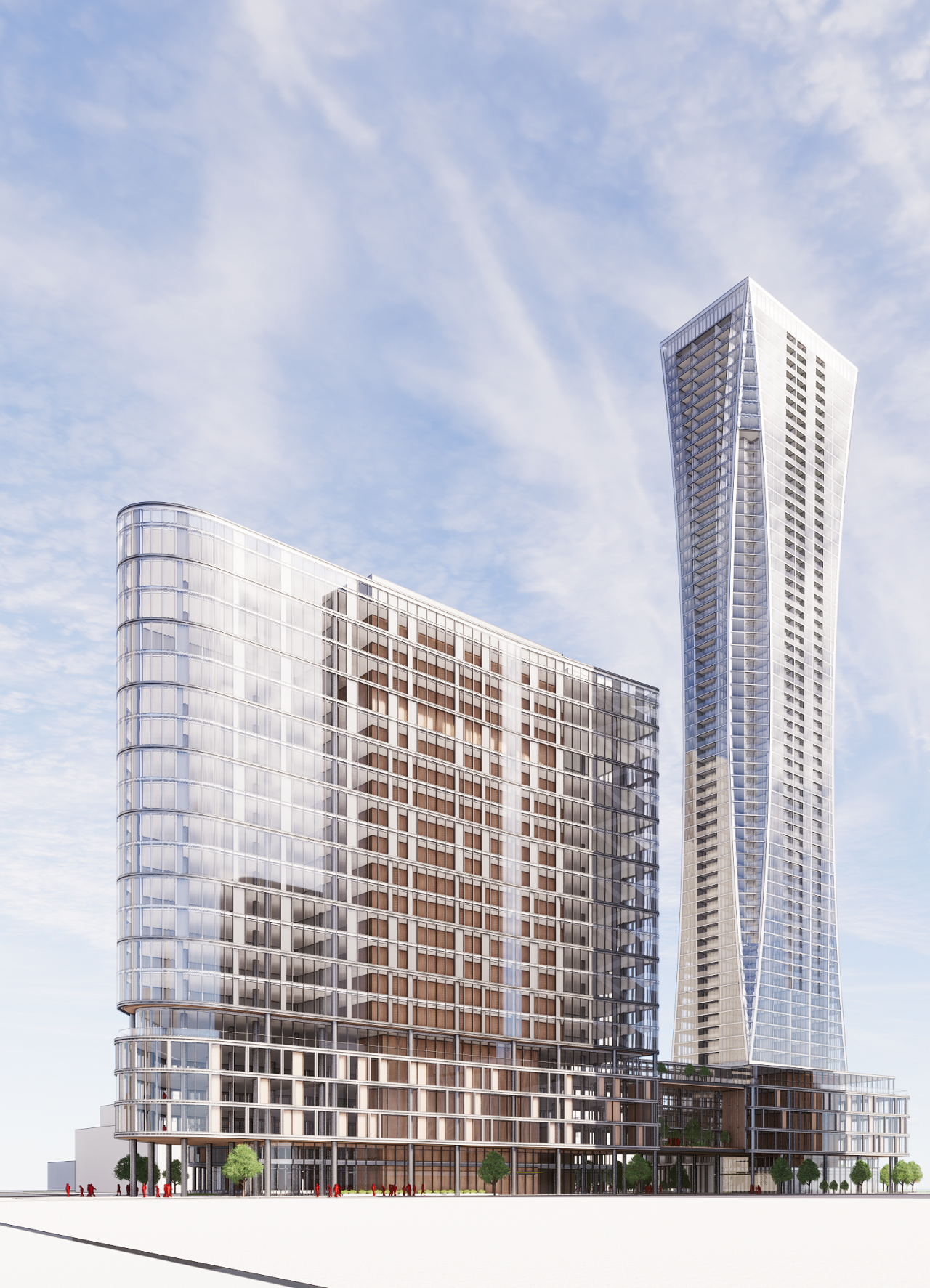 Looking northeast to 175 Millway, image courtesy of SmartCentres
Looking northeast to 175 Millway, image courtesy of SmartCentres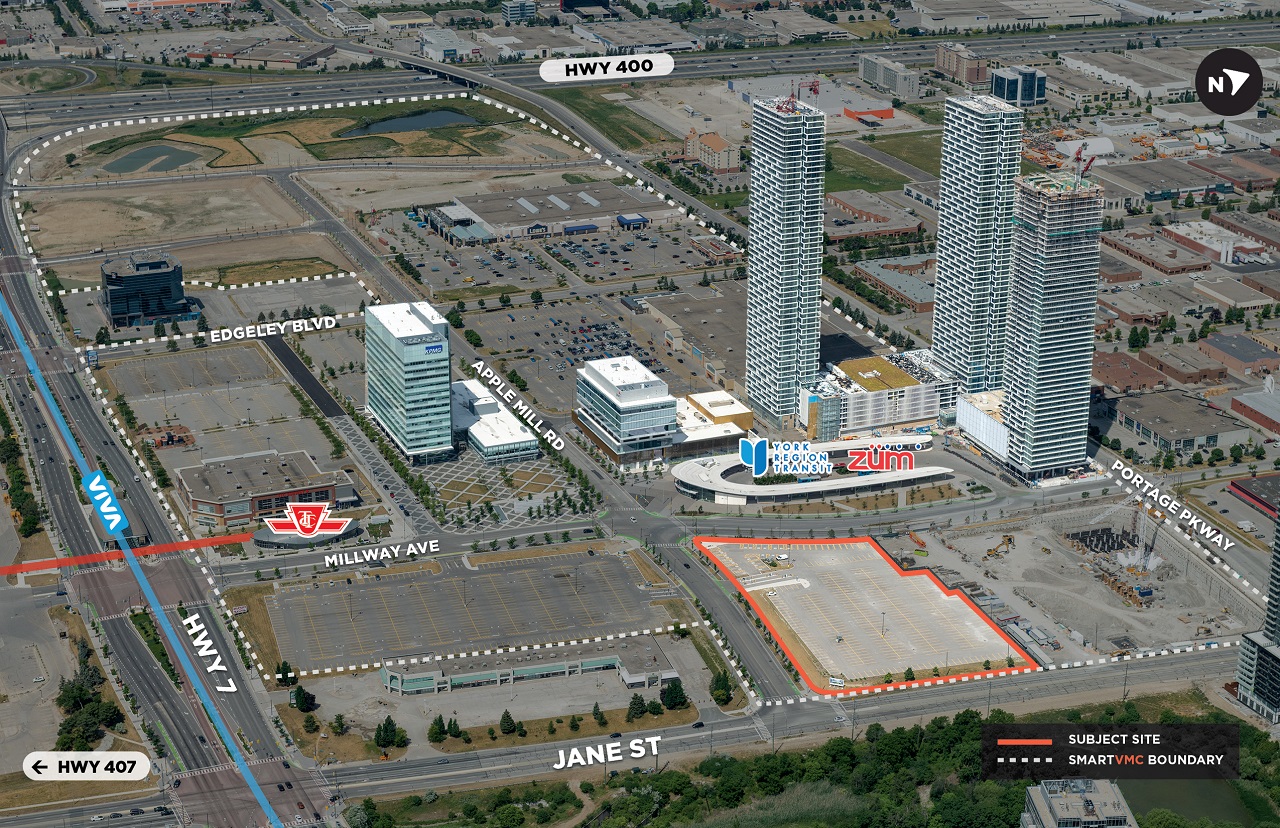 Site of 175 Millway, image courtesy of SmartCentres
Site of 175 Millway, image courtesy of SmartCentres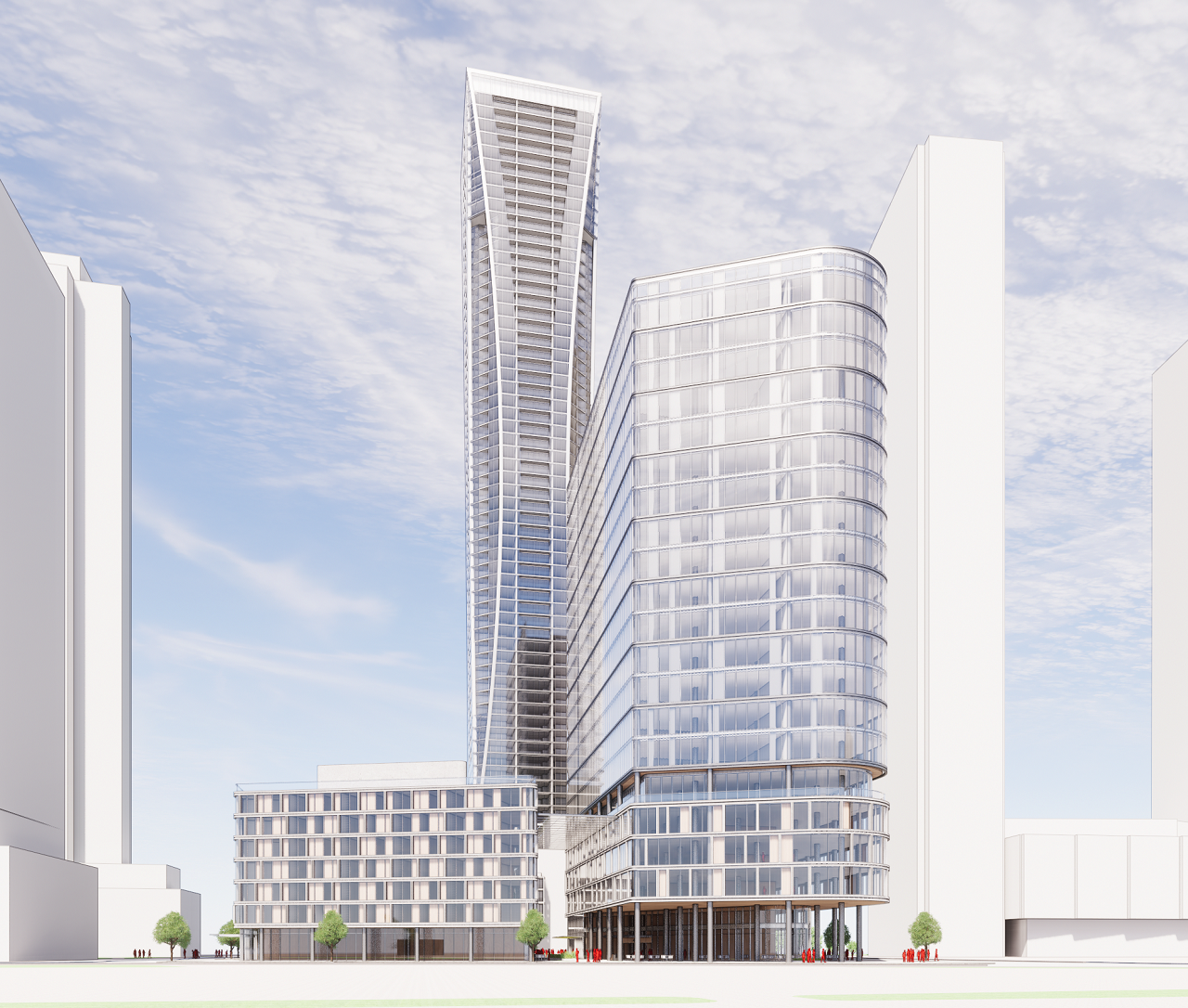 Looking east to 175 Millway, image courtesy of SmartCentres
Looking east to 175 Millway, image courtesy of SmartCentres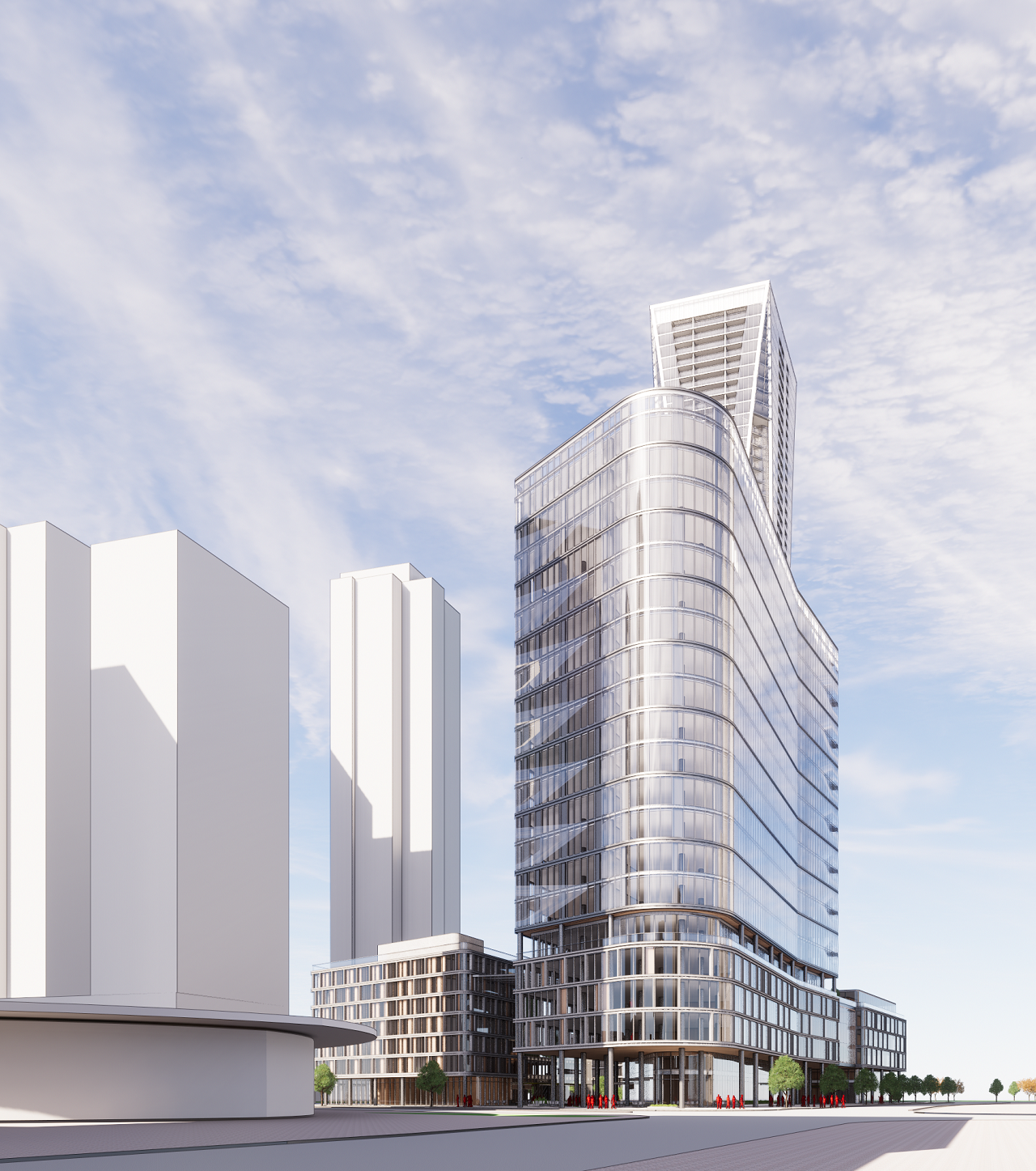 Looking east to 175 Millway, image courtesy of SmartCentres
Looking east to 175 Millway, image courtesy of SmartCentres Archival photo of Edgeley, image courtesy of City of Vaughan
Archival photo of Edgeley, image courtesy of City of Vaughan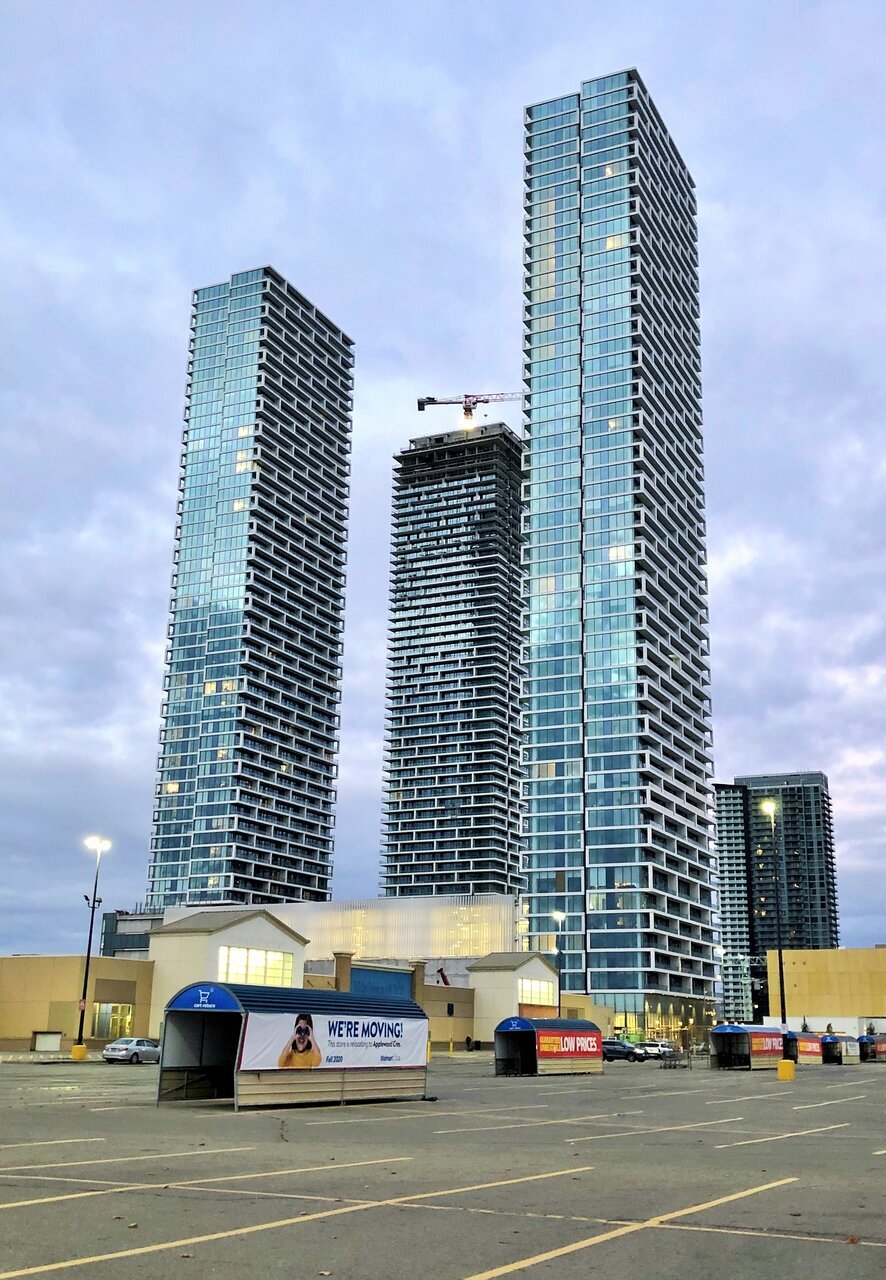 Transit City Condos, image by Forum contributor DarkSideDenizen
Transit City Condos, image by Forum contributor DarkSideDenizen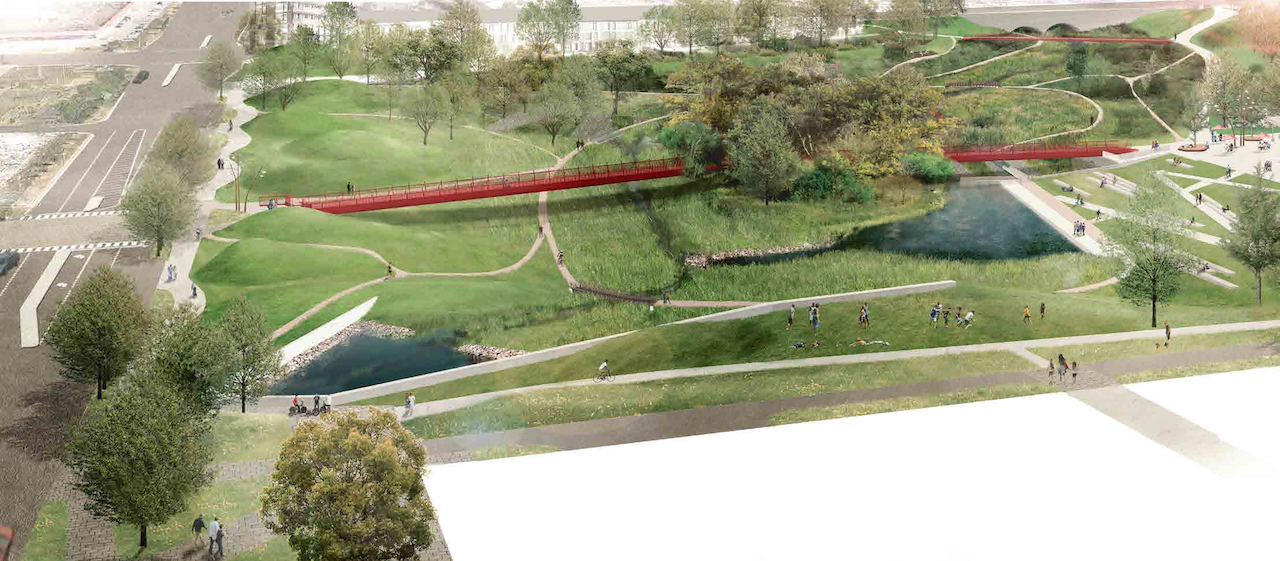 Edgeley Pond + Park, image via vaughan.ca
Edgeley Pond + Park, image via vaughan.ca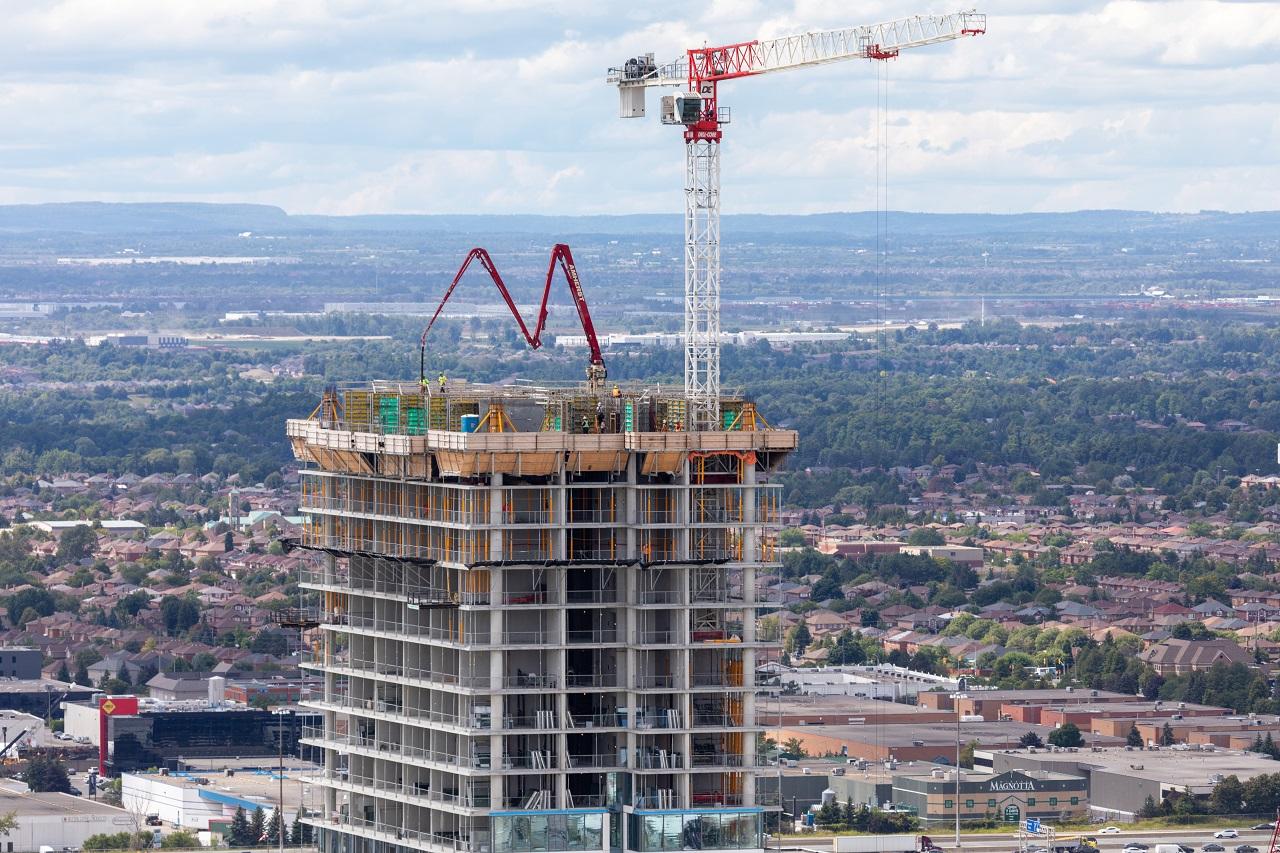 Construction in the VMC area, image by Jack Landau
Construction in the VMC area, image by Jack Landau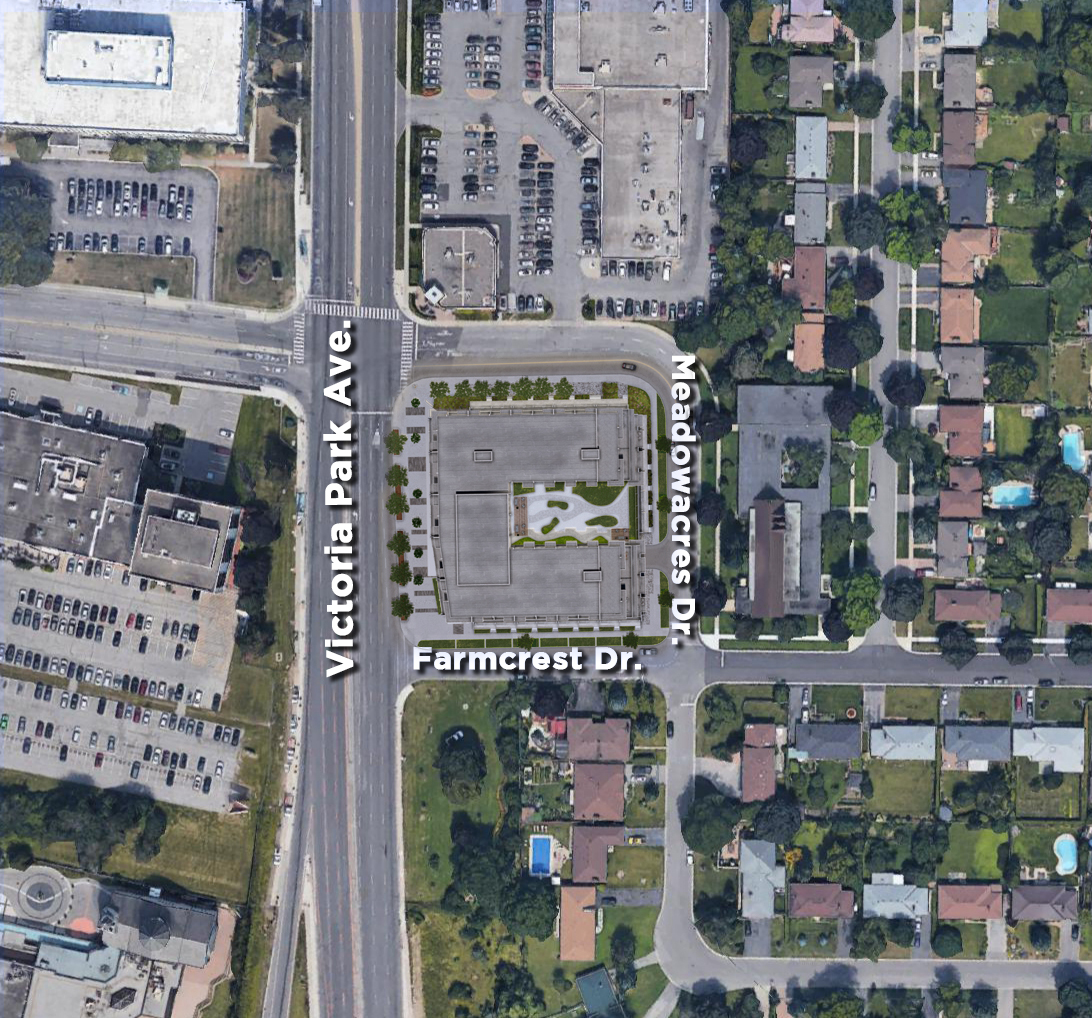 Site of 2501 Victoria Park, image courtesy of SmartCentres
Site of 2501 Victoria Park, image courtesy of SmartCentres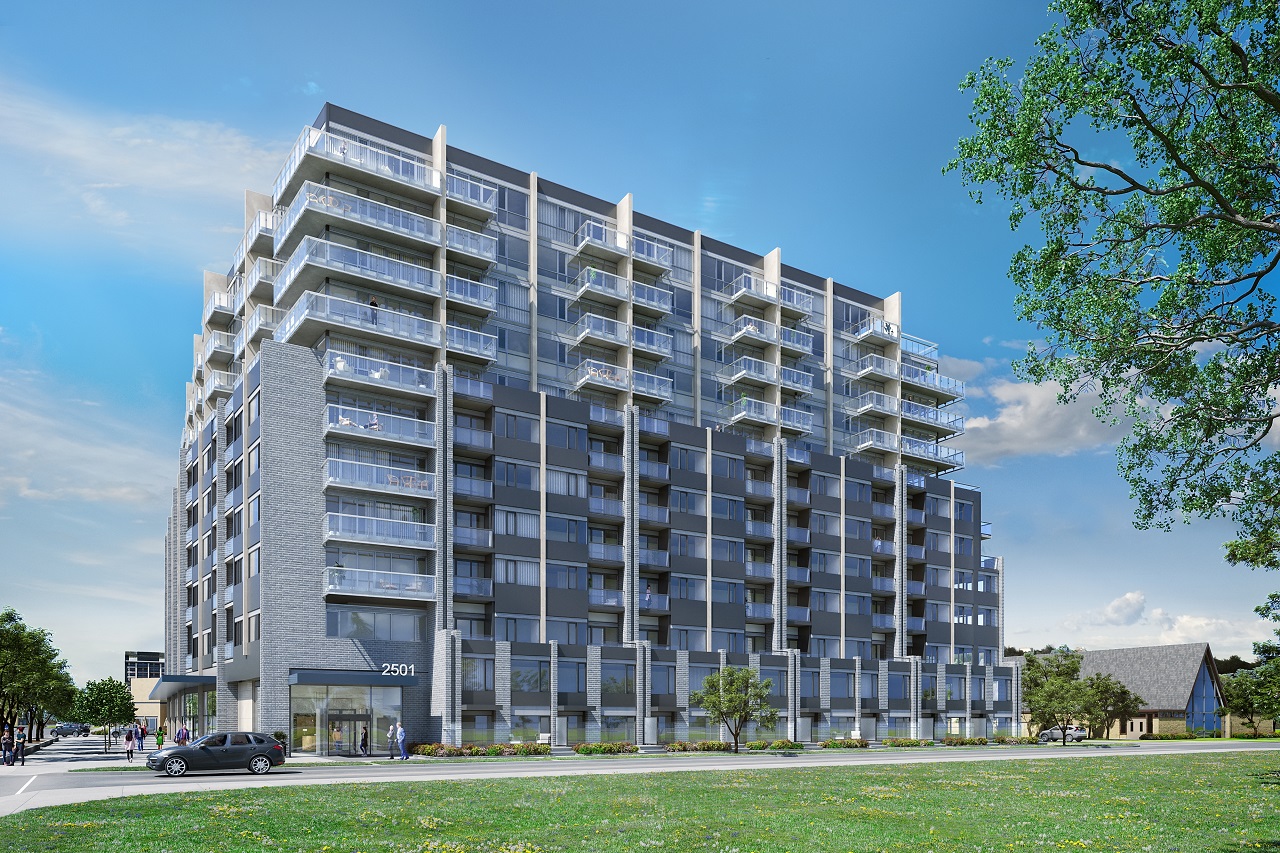 2501 Victoria Park, image courtesy of SmartCentres
2501 Victoria Park, image courtesy of SmartCentres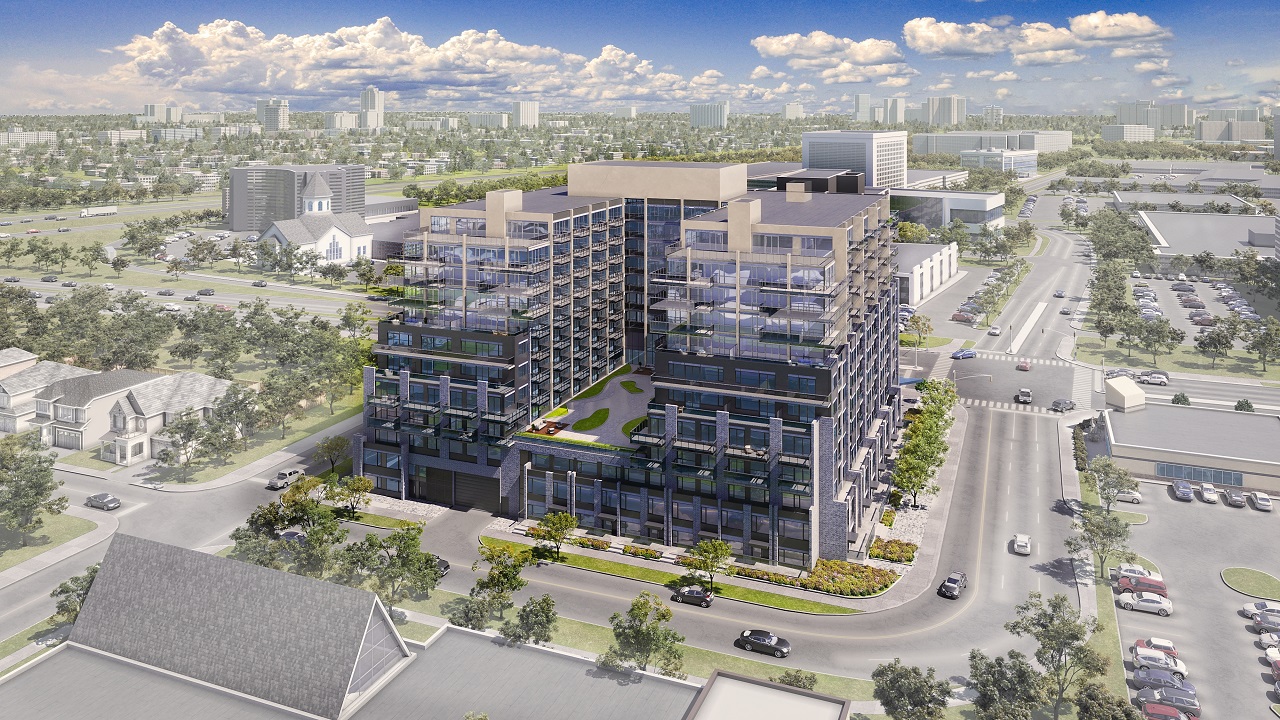 Looking west over 2501 Victoria Park, image courtesy of SmartCentres
Looking west over 2501 Victoria Park, image courtesy of SmartCentres View from Major Mackenzie, SmartCentres Vaughan Northwest, concept image courtesy of SmartCentres REIT
View from Major Mackenzie, SmartCentres Vaughan Northwest, concept image courtesy of SmartCentres REIT Landscape plan, SmartCentres Vaughan Northwest, image courtesy of SmartCentres REIT
Landscape plan, SmartCentres Vaughan Northwest, image courtesy of SmartCentres REIT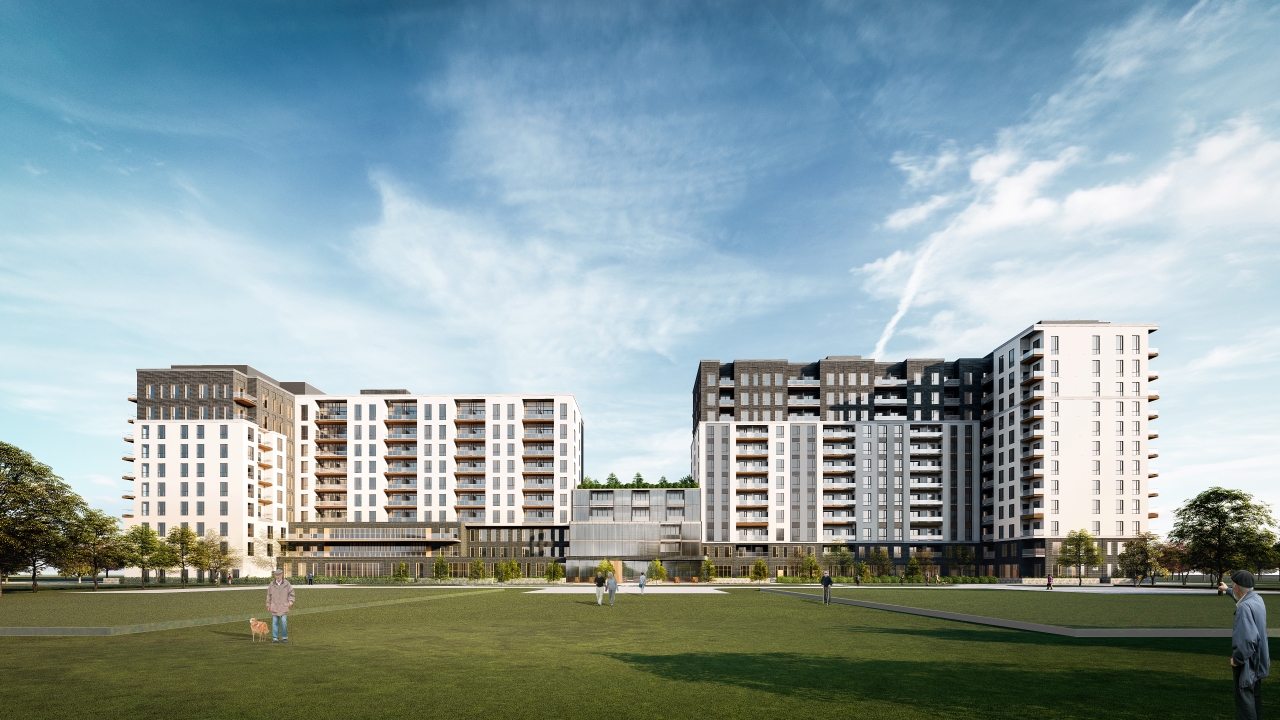 Seniors' residences, SmartCentres Vaughan Northwest, concept image courtesy of SmartCentres REIT
Seniors' residences, SmartCentres Vaughan Northwest, concept image courtesy of SmartCentres REIT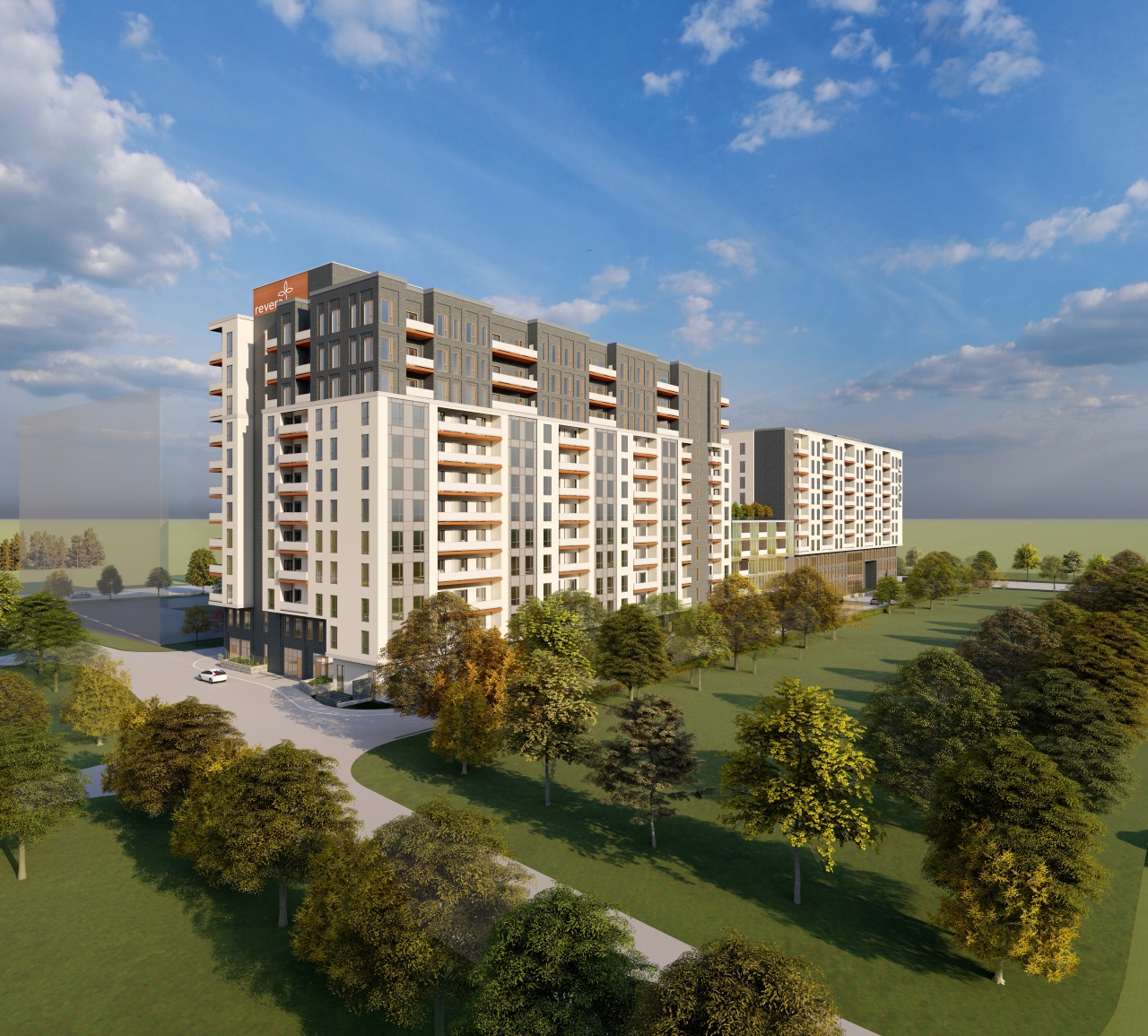 Seniors' residences, SmartCentres Vaughan Northwest, concept image courtesy of SmartCentres REIT
Seniors' residences, SmartCentres Vaughan Northwest, concept image courtesy of SmartCentres REIT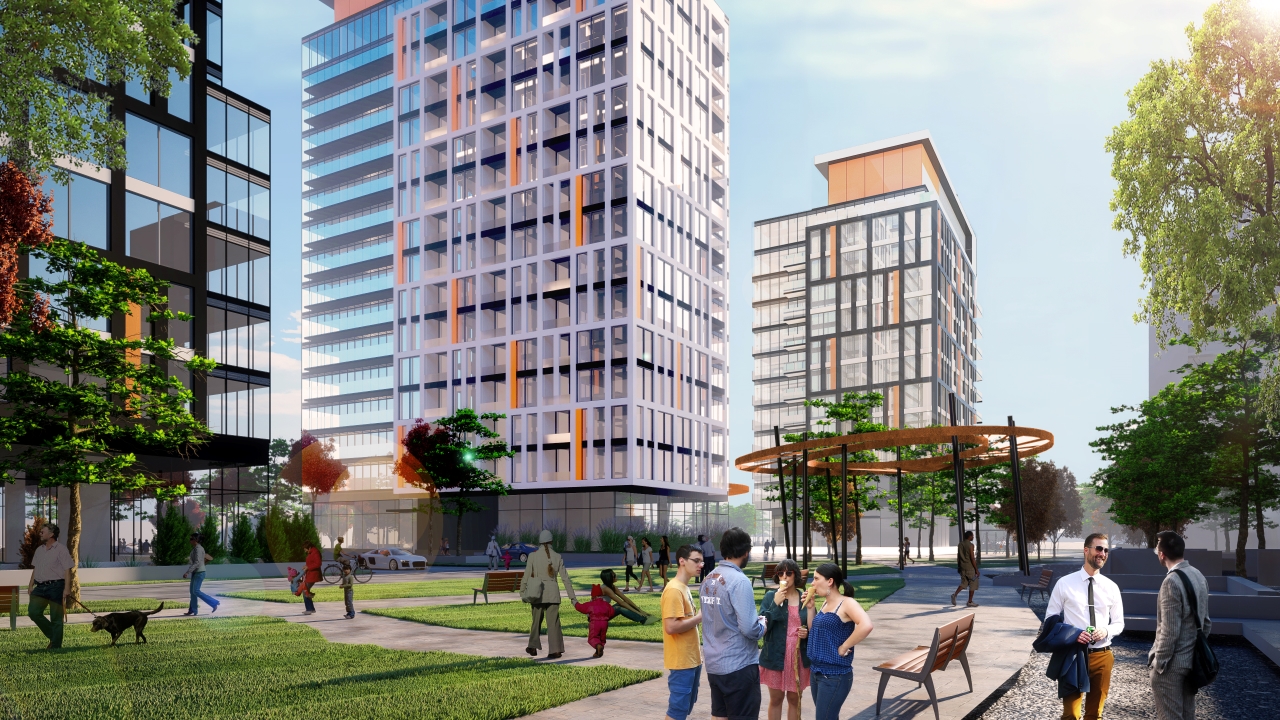 Internal park view, SmartCentres Vaughan Northwest, concept image courtesy of SmartCentres REIT
Internal park view, SmartCentres Vaughan Northwest, concept image courtesy of SmartCentres REIT Entry plaza, SmartCentres Vaughan Northwest, concept image courtesy of SmartCentres REIT
Entry plaza, SmartCentres Vaughan Northwest, concept image courtesy of SmartCentres REIT Master plan, SmartCentres Vaughan Northwest, concept image courtesy of SmartCentres REIT
Master plan, SmartCentres Vaughan Northwest, concept image courtesy of SmartCentres REIT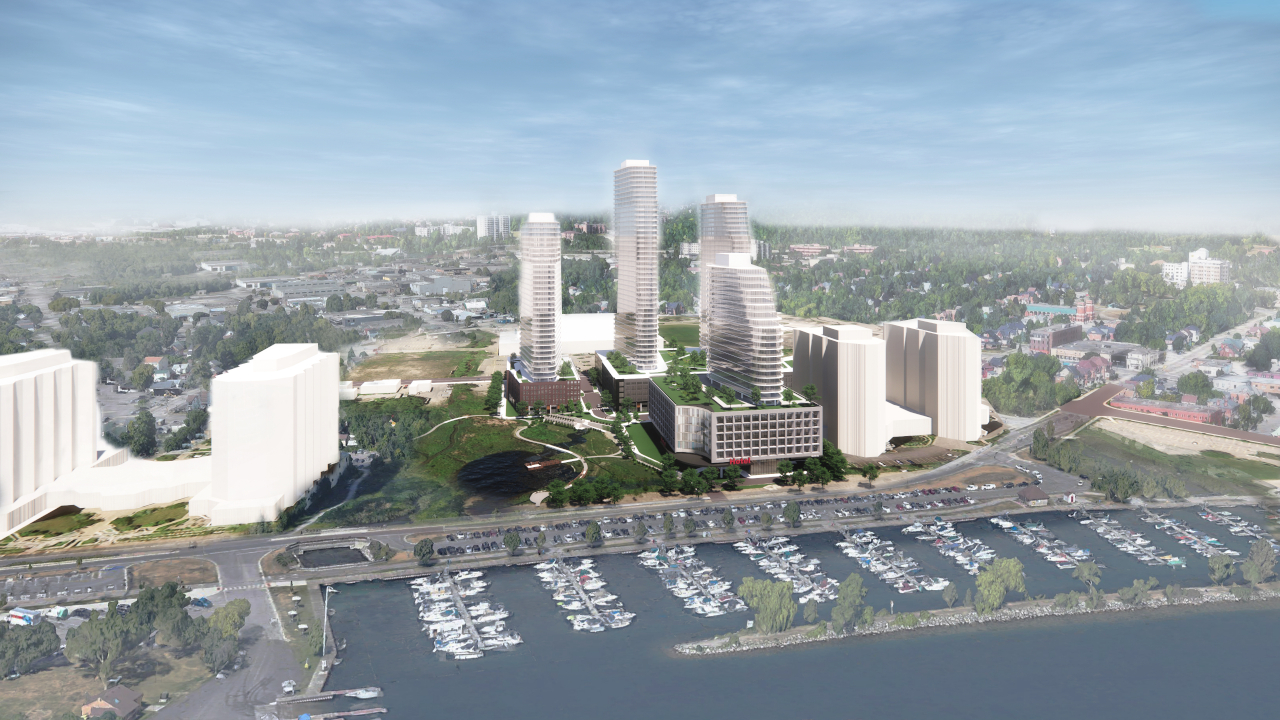 Aerial view looking west at the four-tower development, image courtesy of SmartCentres REIT
Aerial view looking west at the four-tower development, image courtesy of SmartCentres REIT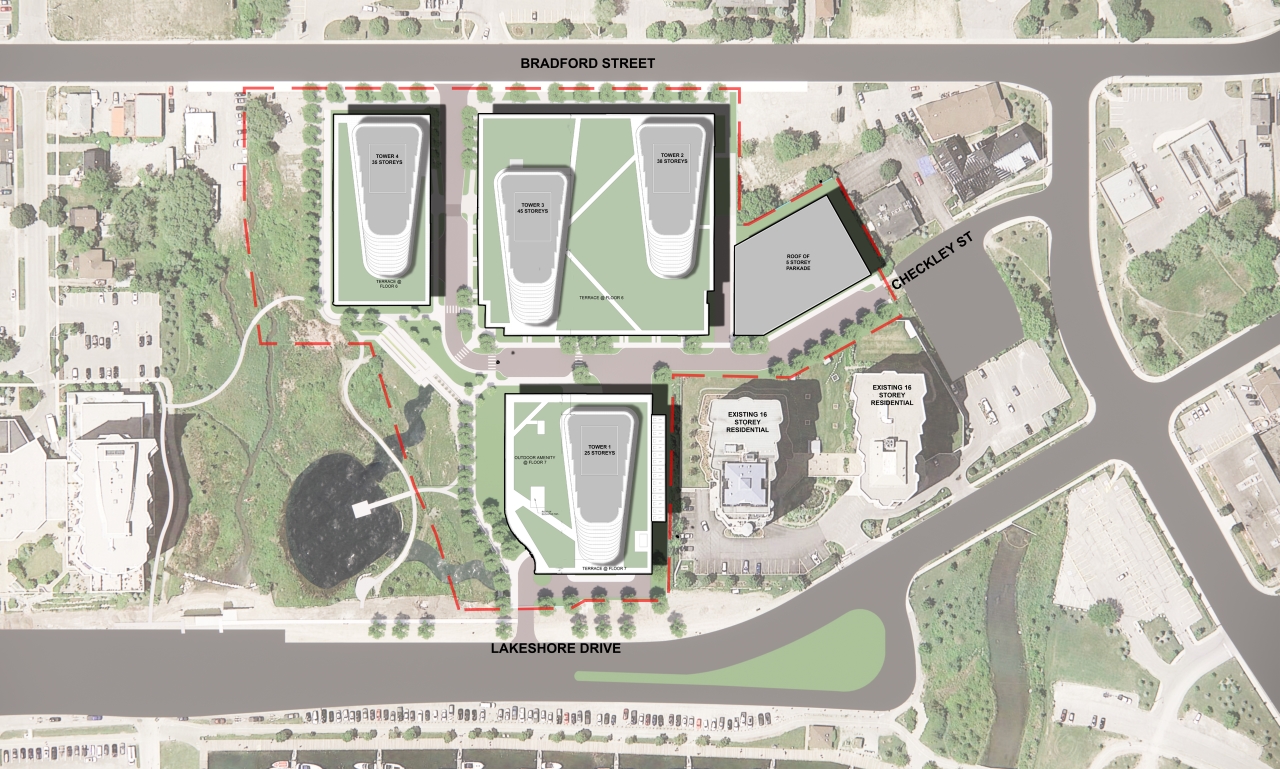 Site plan, image courtesy of SmartCentres REIT
Site plan, image courtesy of SmartCentres REIT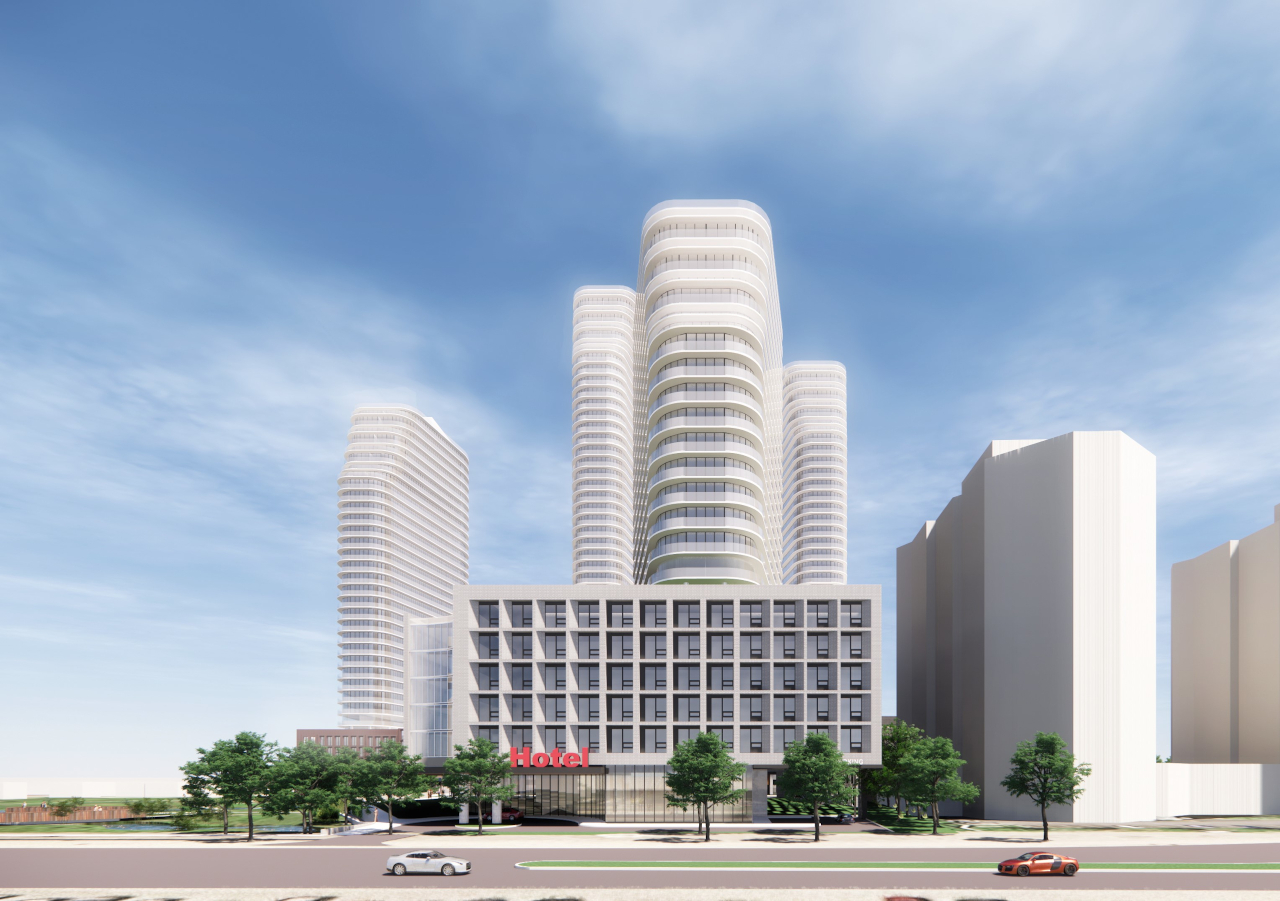 Looking west towards the combined hotel and residential tower, image courtesy of SmartCentres REIT
Looking west towards the combined hotel and residential tower, image courtesy of SmartCentres REIT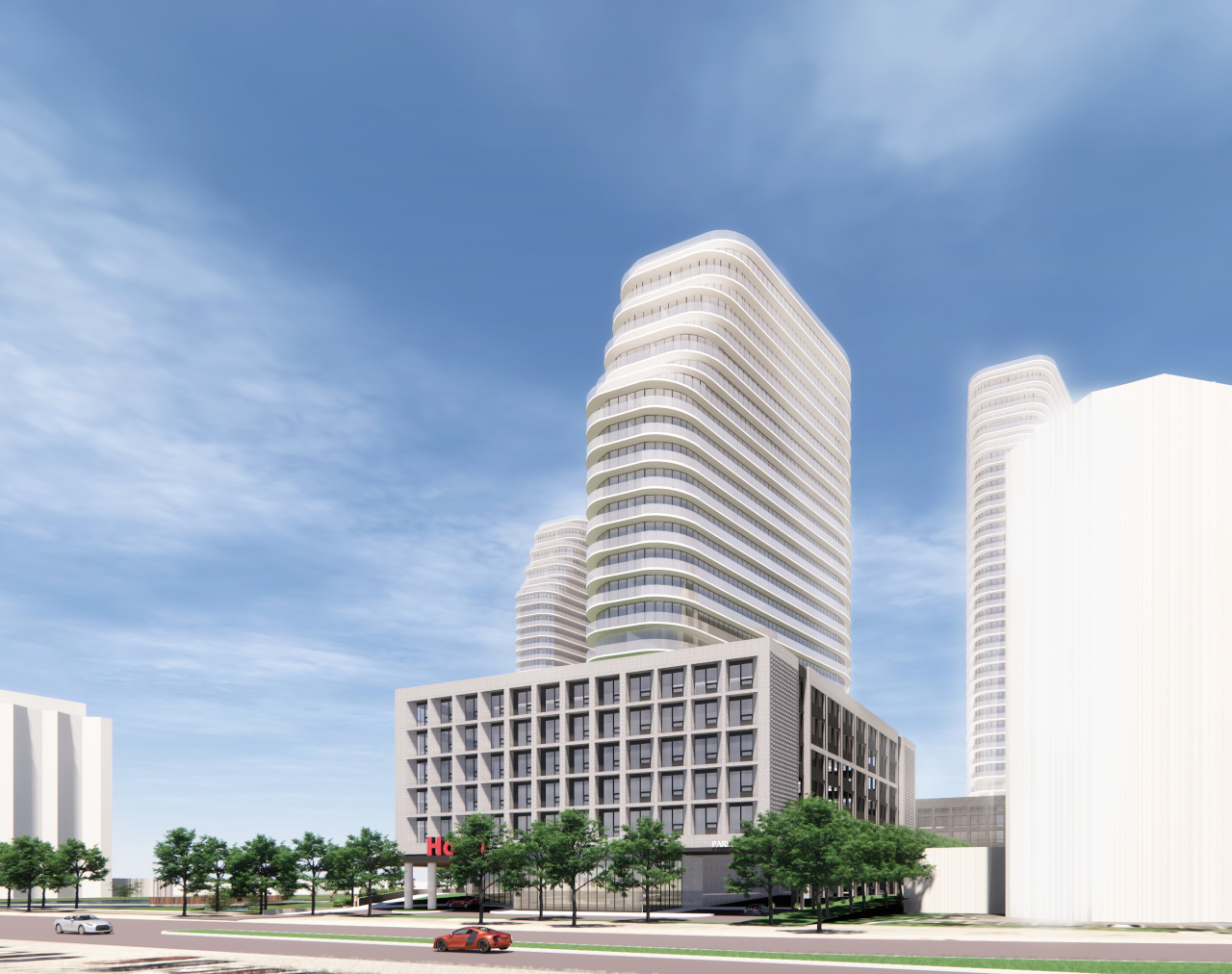 Looking southwest at the hotel-residential tower, image courtesy of SmartCentres REIT
Looking southwest at the hotel-residential tower, image courtesy of SmartCentres REIT Ground floor plan, image via submission to the City of Barrie
Ground floor plan, image via submission to the City of Barrie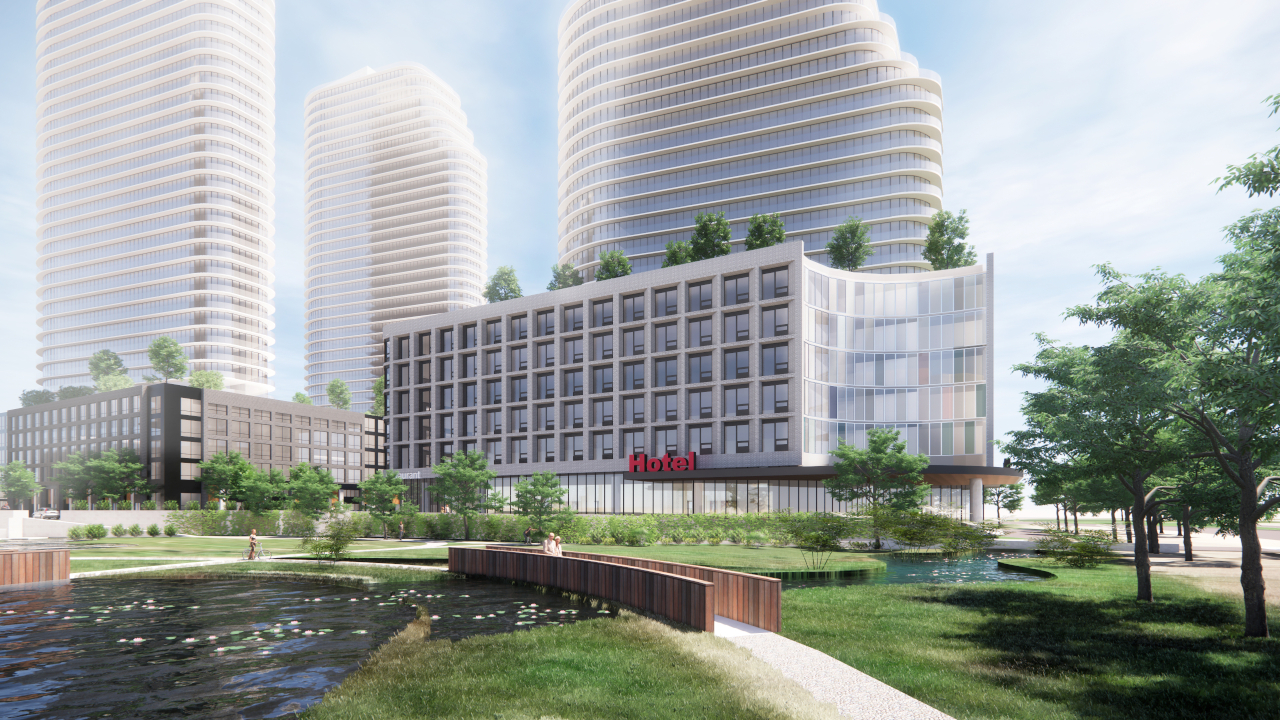 A series of walking trails around Bunker's Creek, looking north towards the hotel podium, image courtesy of SmartCentres REIT
A series of walking trails around Bunker's Creek, looking north towards the hotel podium, image courtesy of SmartCentres REIT Looking southwest, image courtesy of SmartCentres REIT
Looking southwest, image courtesy of SmartCentres REIT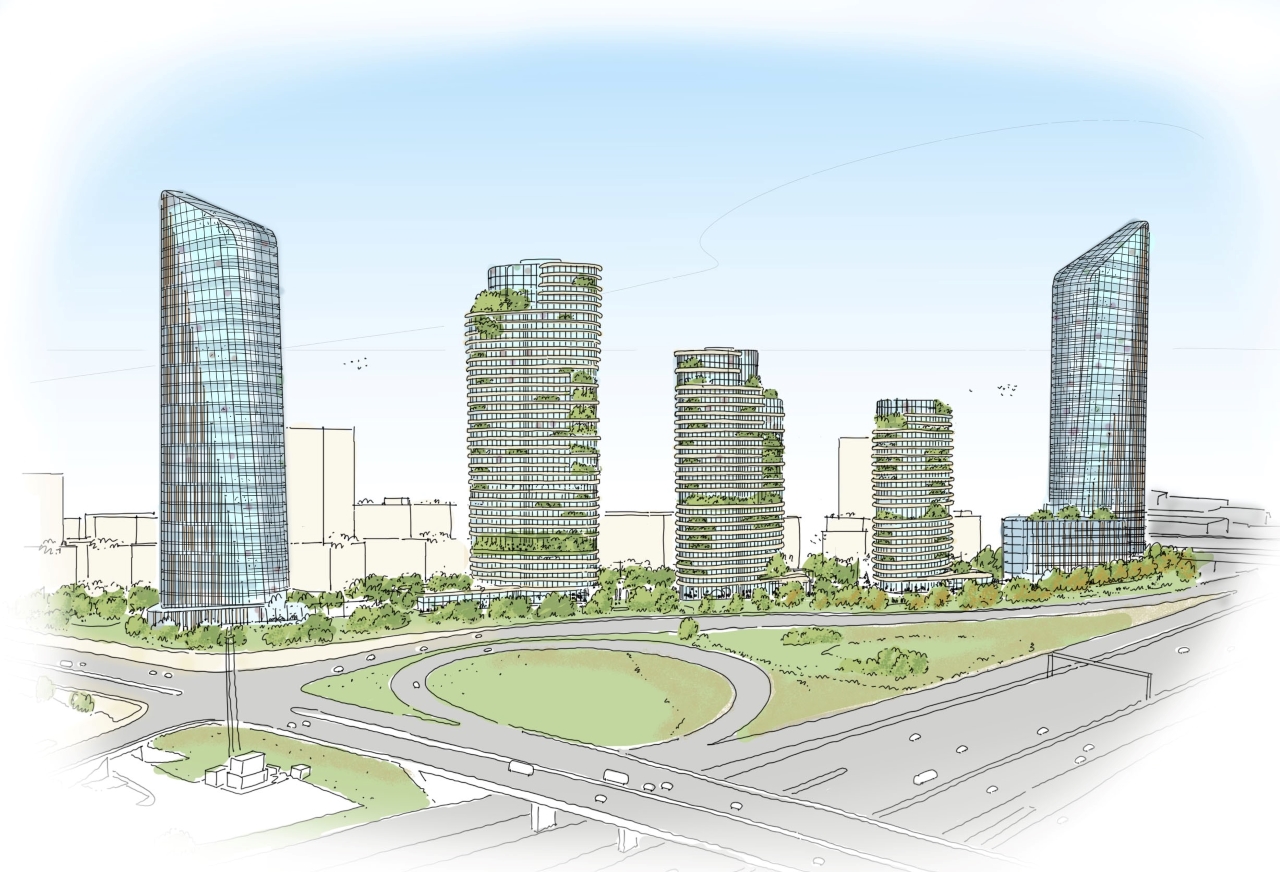 Looking northwest at the multi-tower development, image courtesy of SmartCentres
Looking northwest at the multi-tower development, image courtesy of SmartCentres Overview of the property, image courtesy of SmartCentres
Overview of the property, image courtesy of SmartCentres Site plan, image courtesy of SmartCentres
Site plan, image courtesy of SmartCentres View from Portage Parkway, image courtesy of SmartCentres
View from Portage Parkway, image courtesy of SmartCentres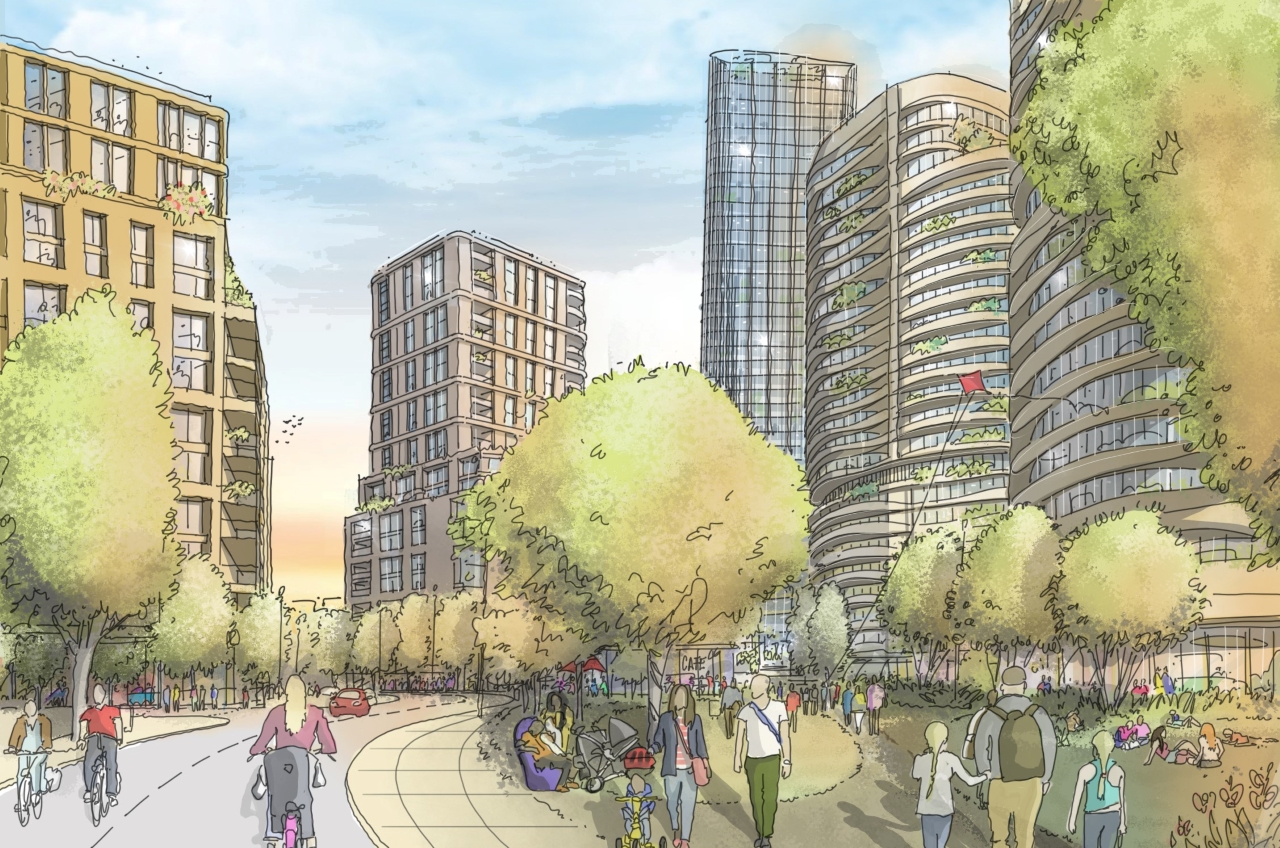 View from proposed POPS, image courtesy of SmartCentres
View from proposed POPS, image courtesy of SmartCentres